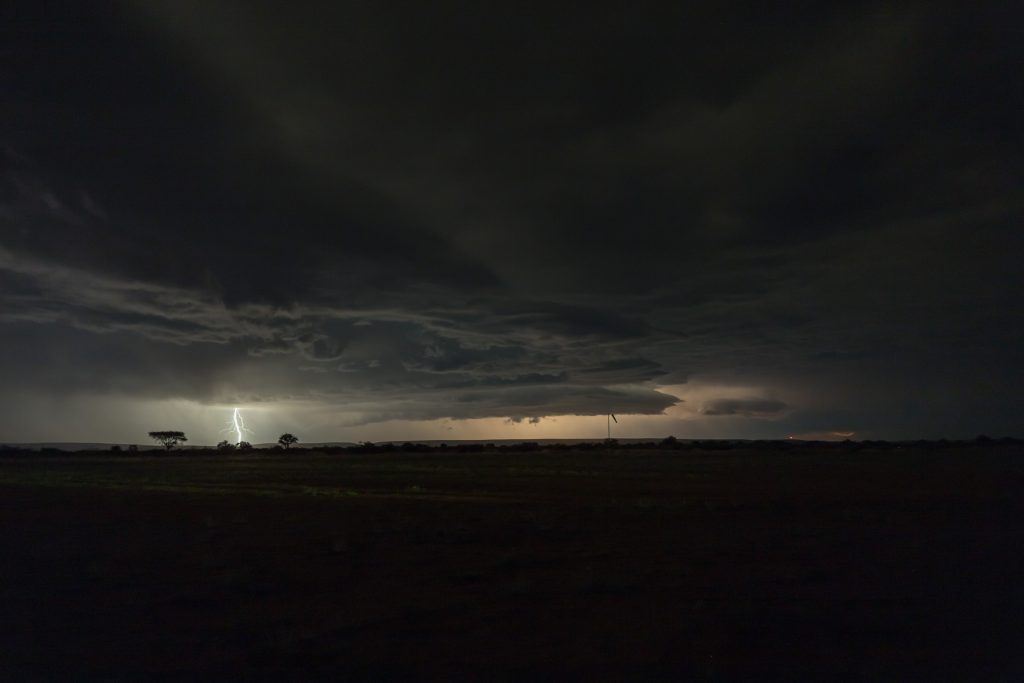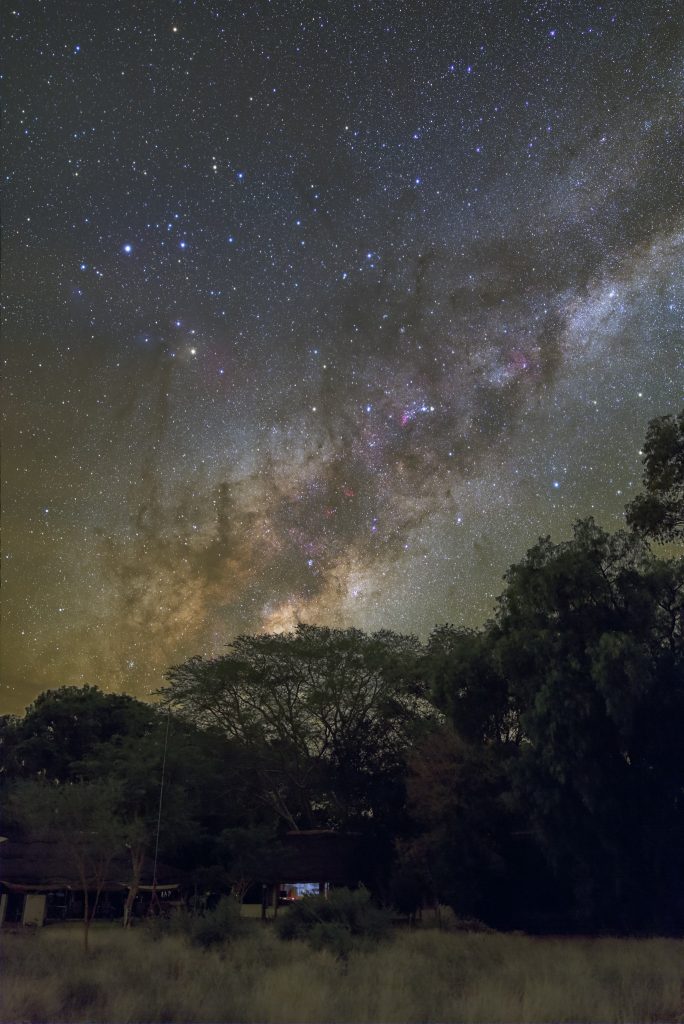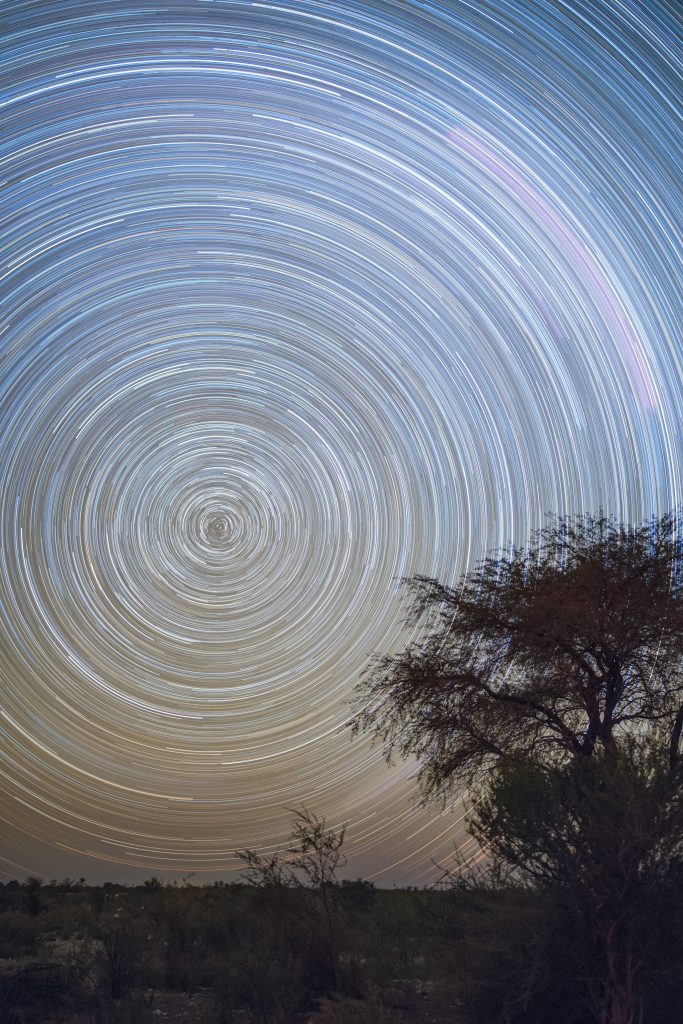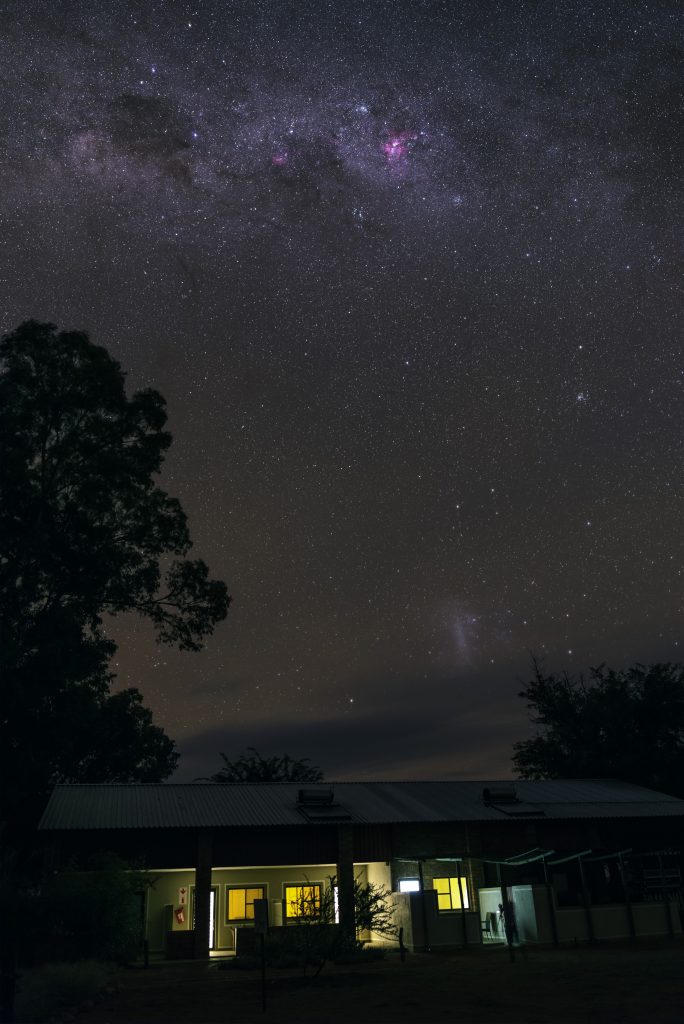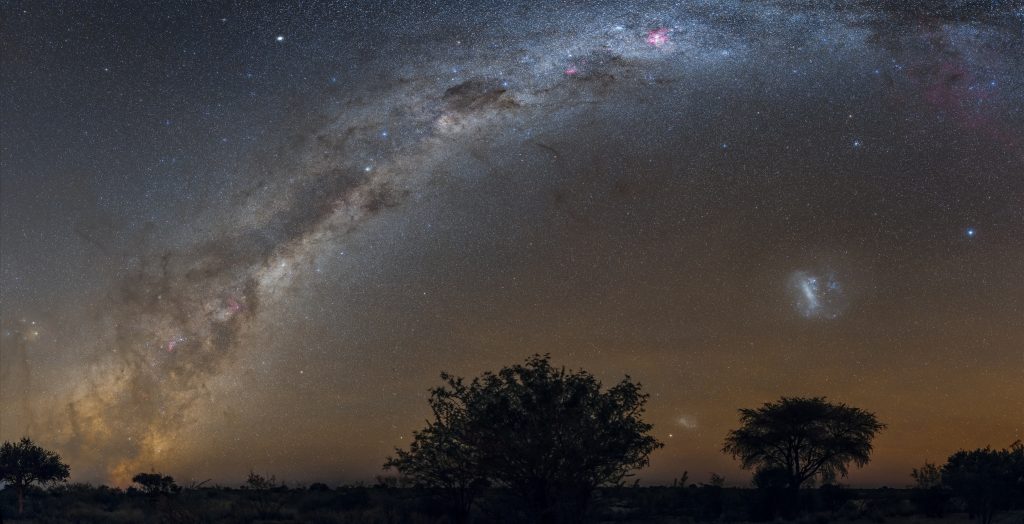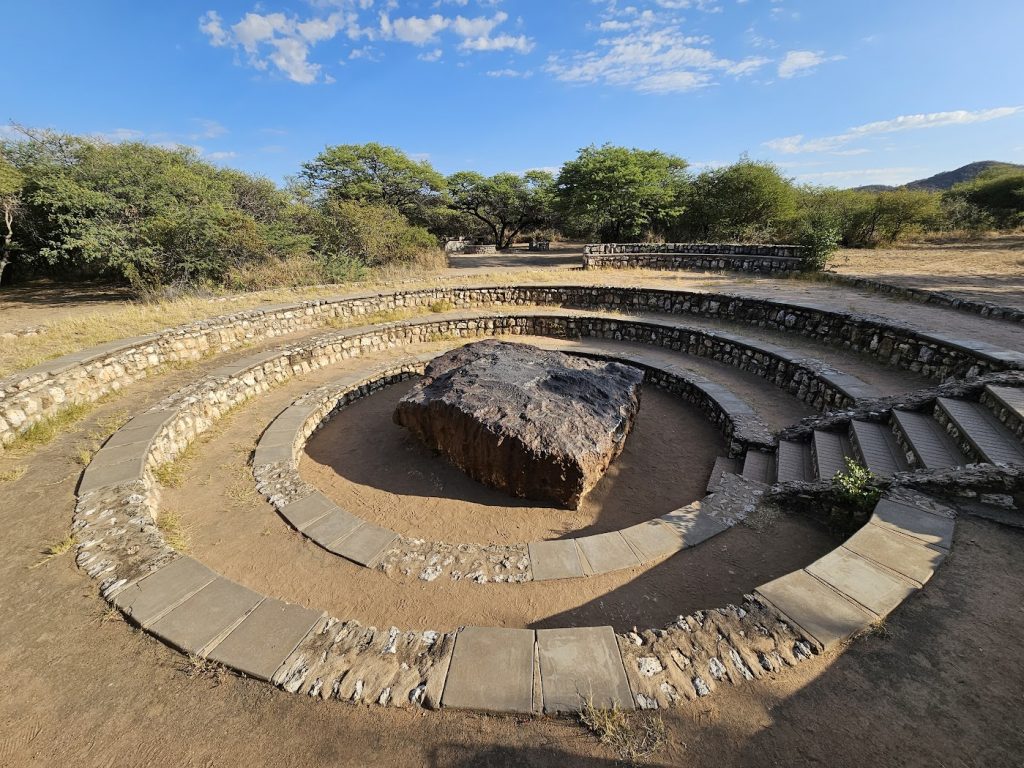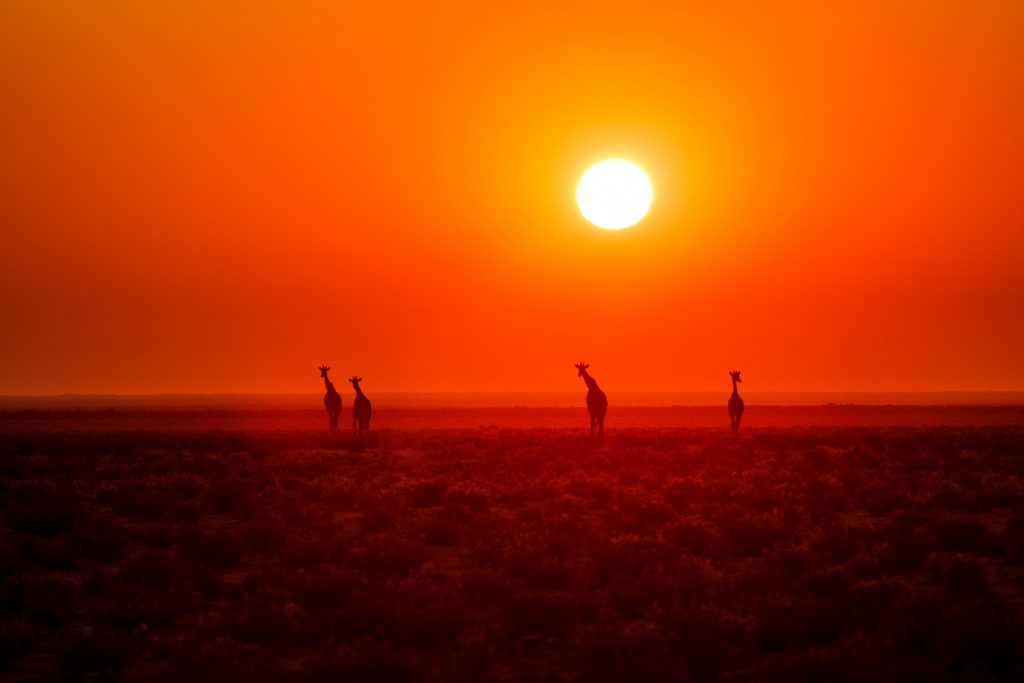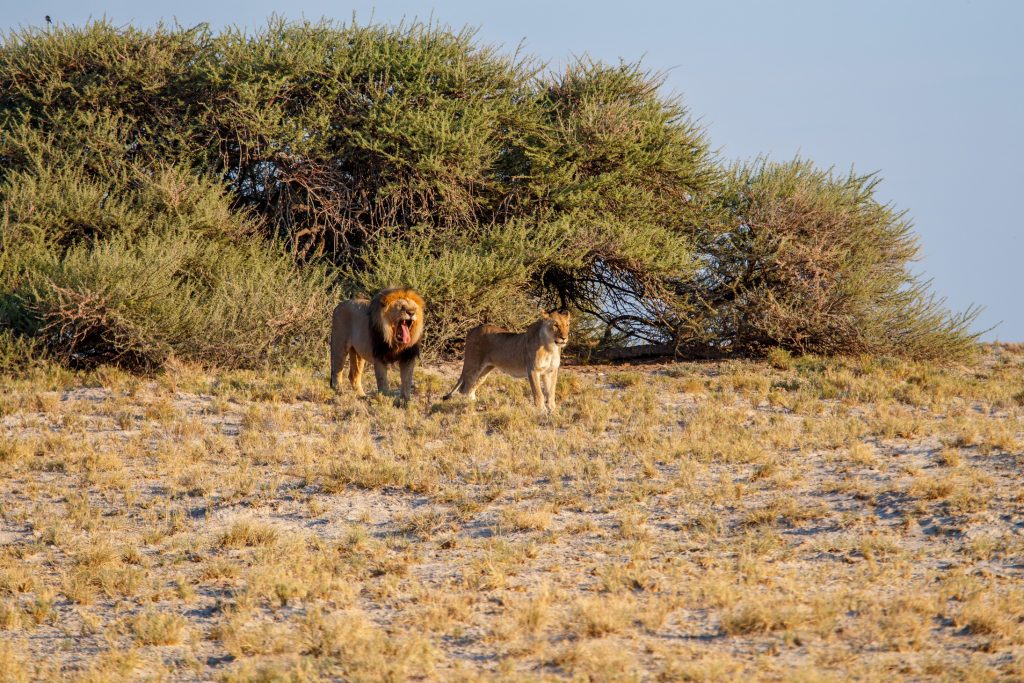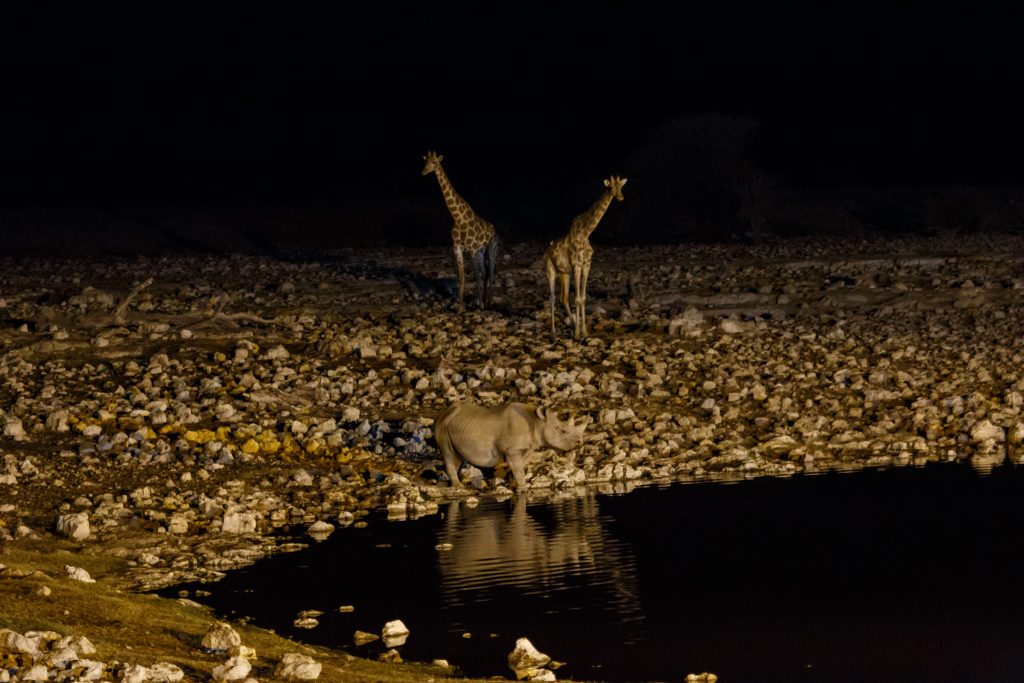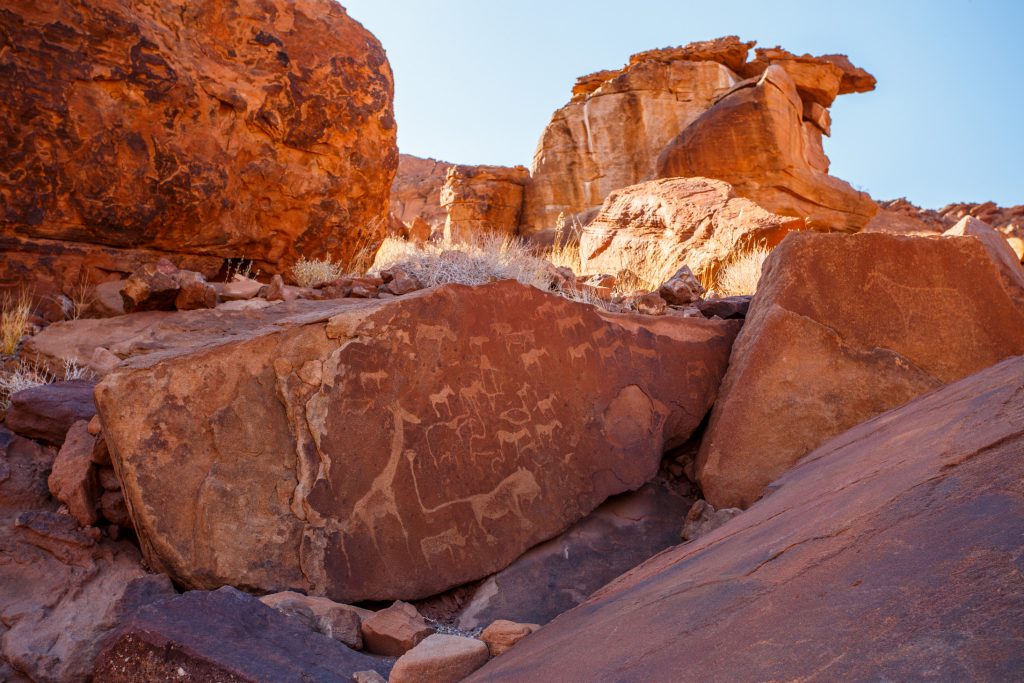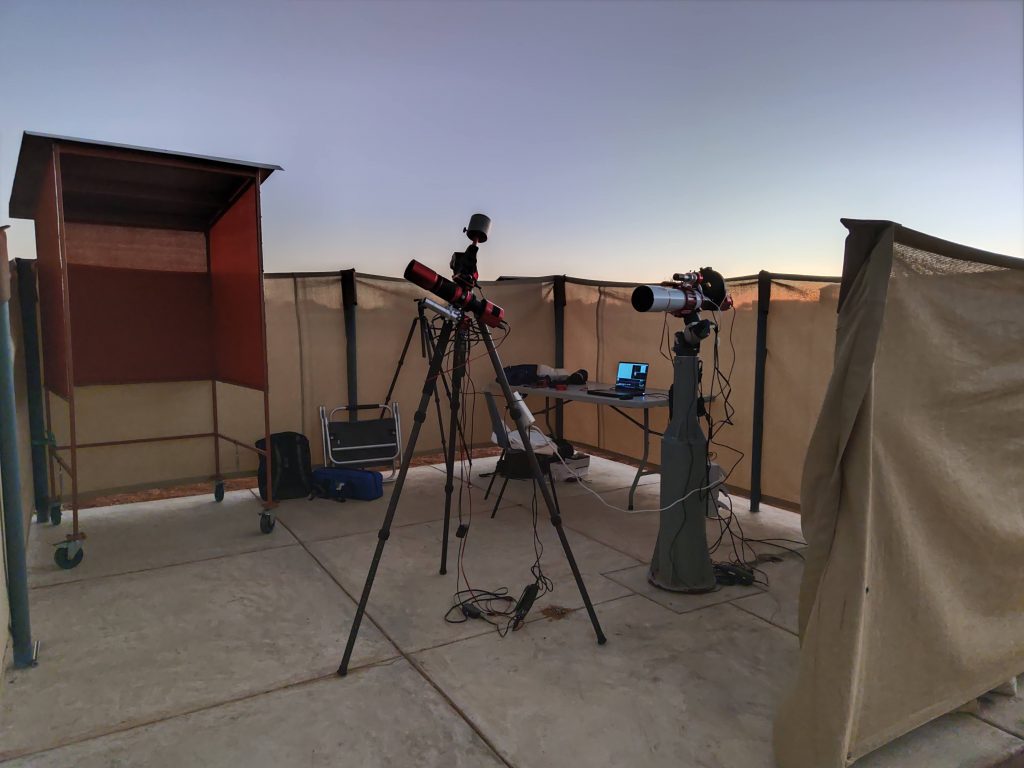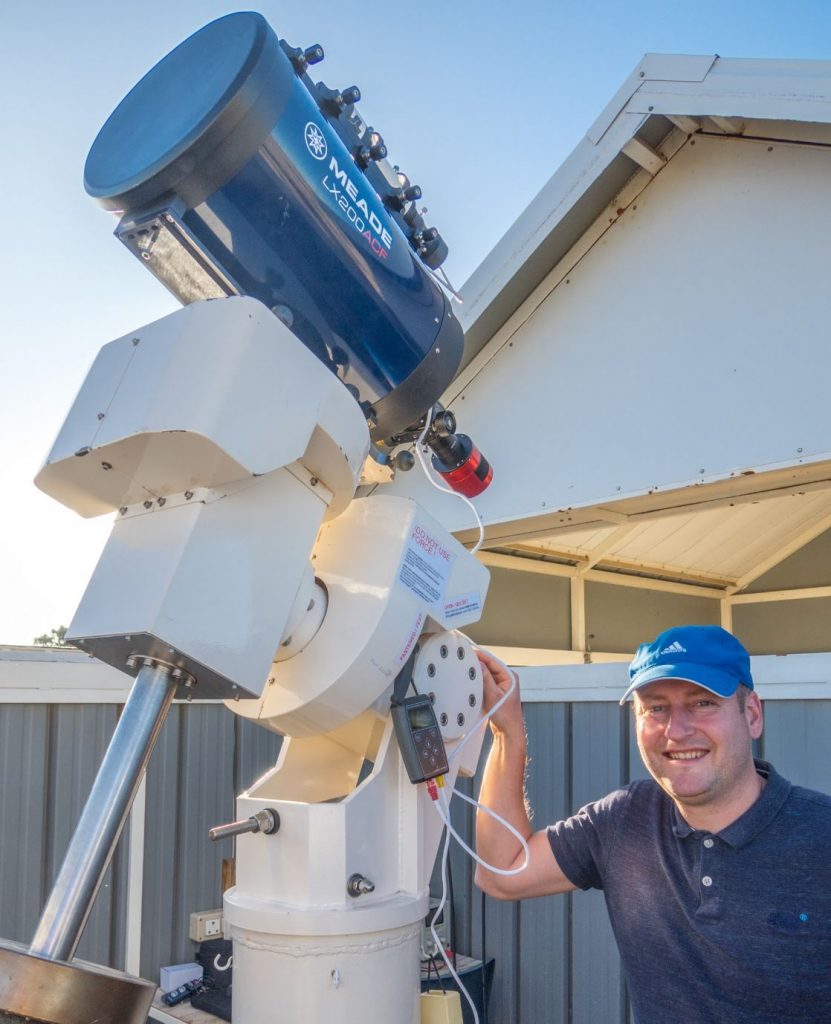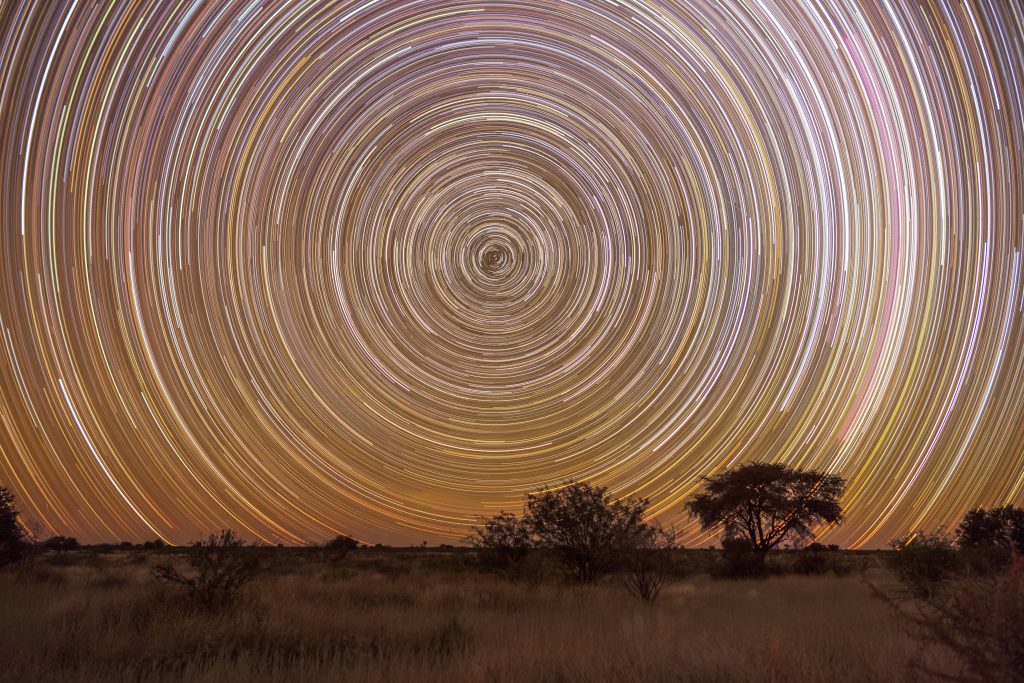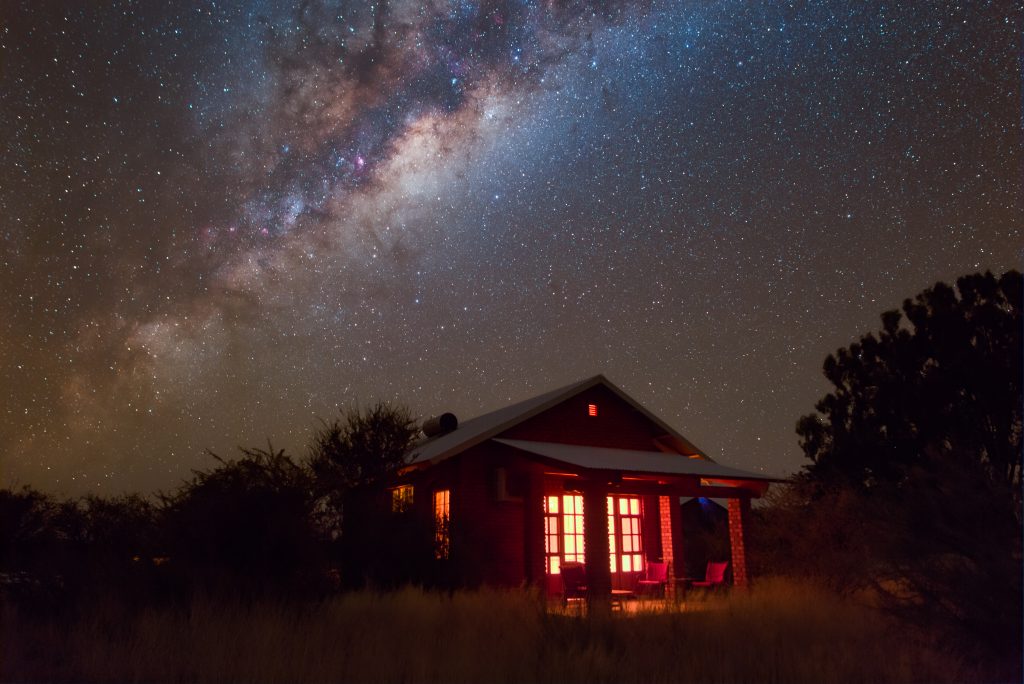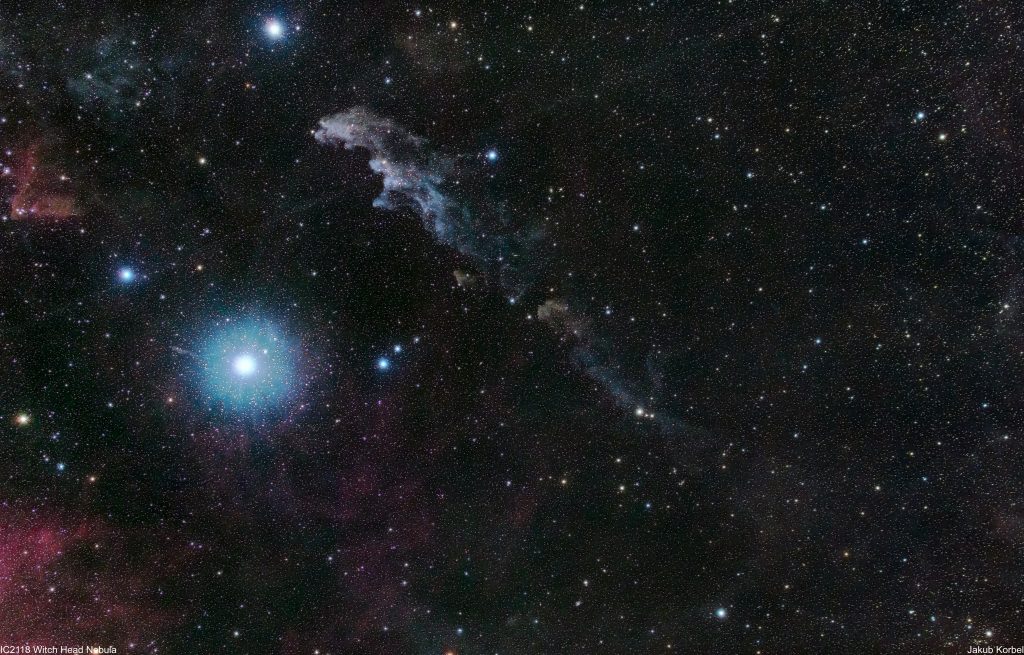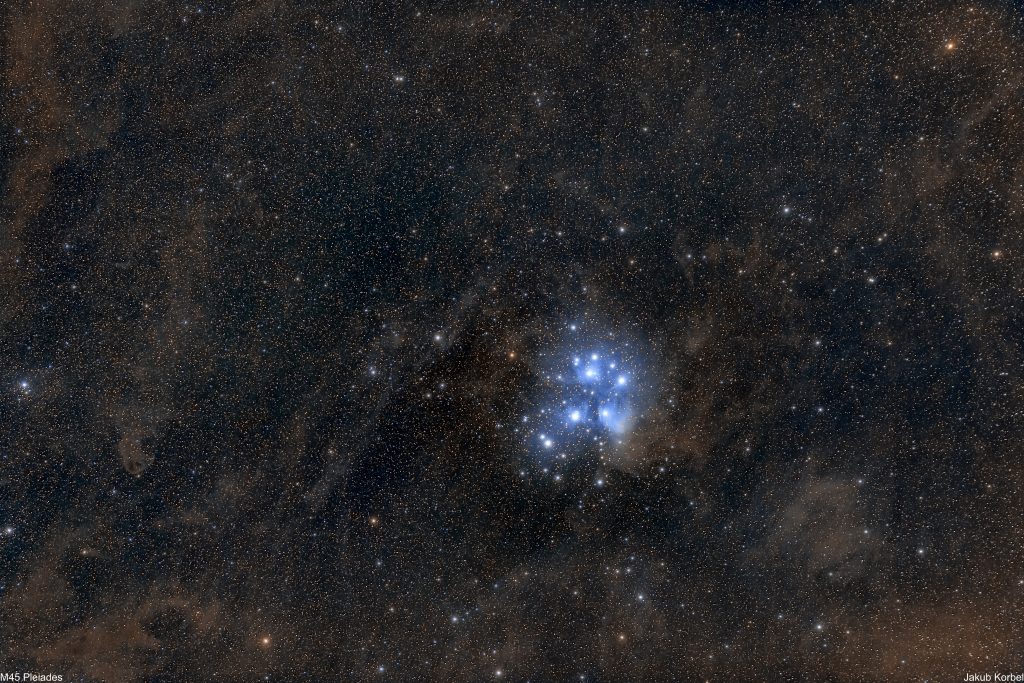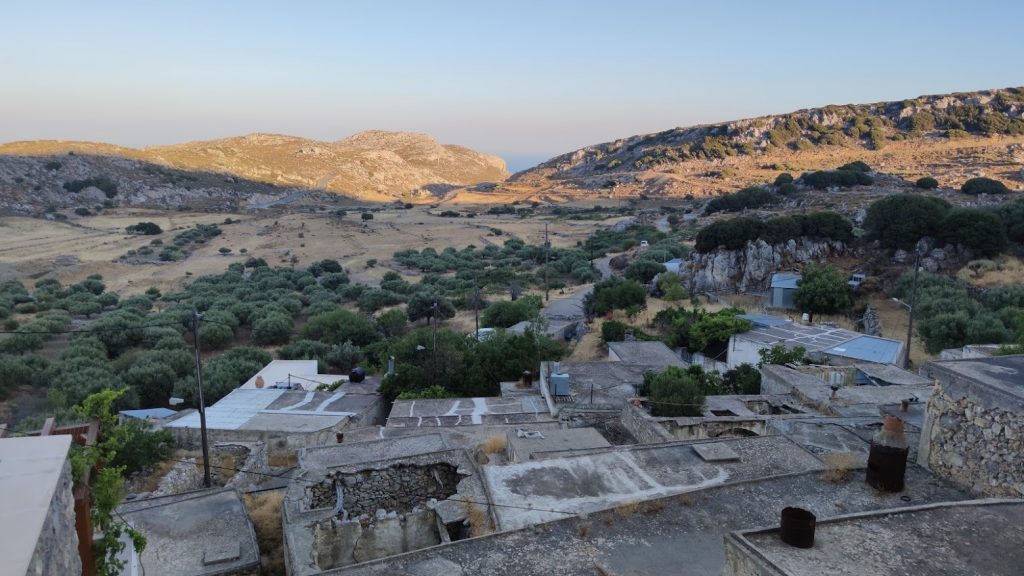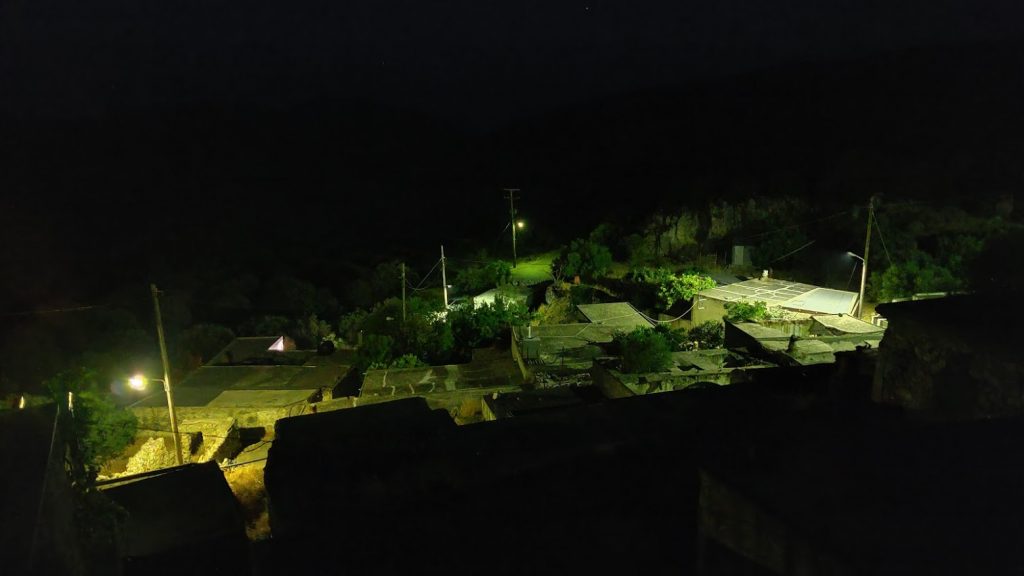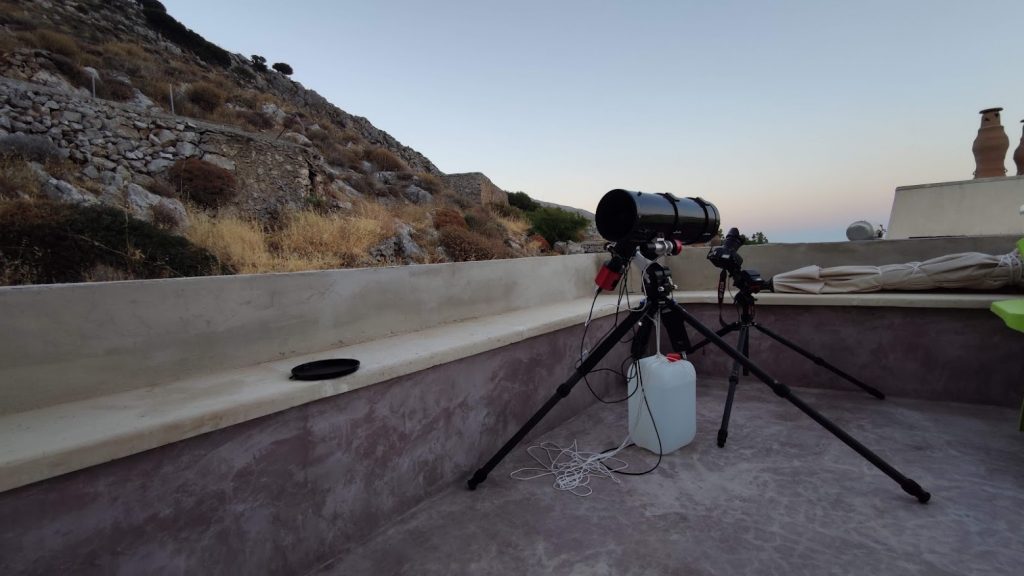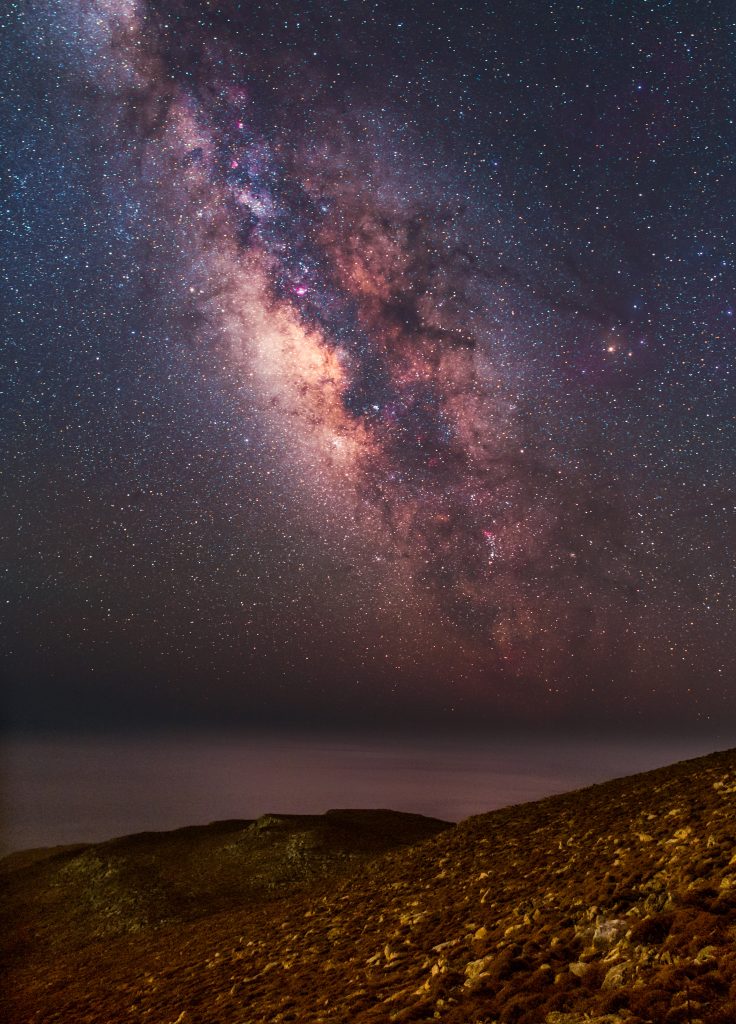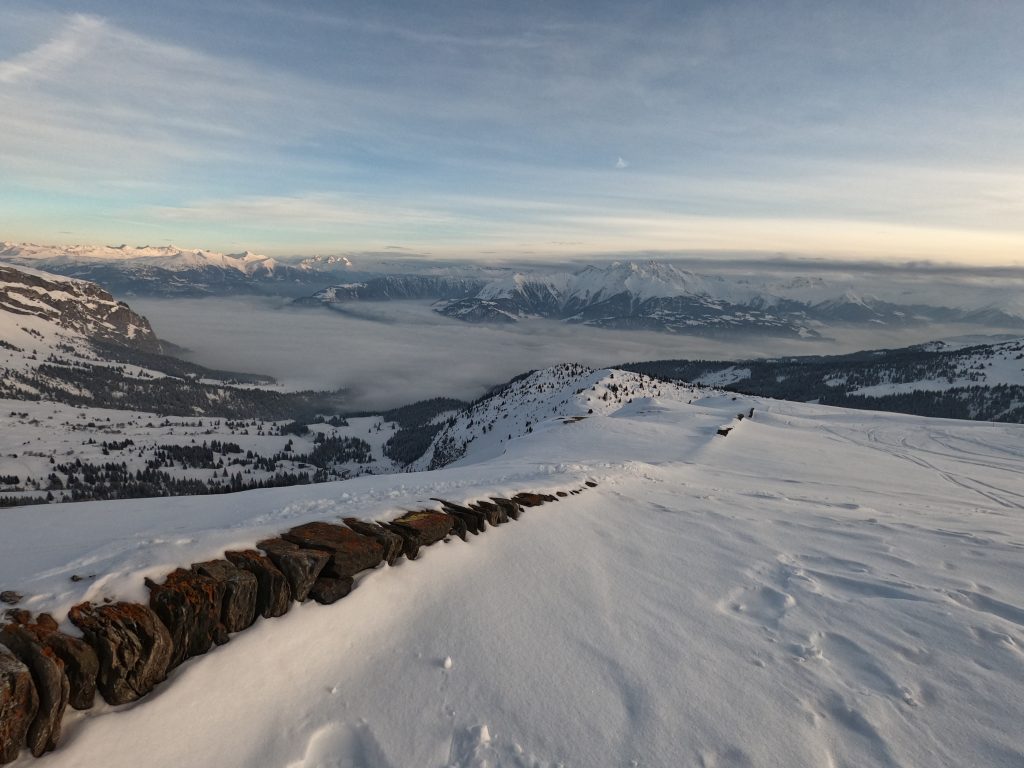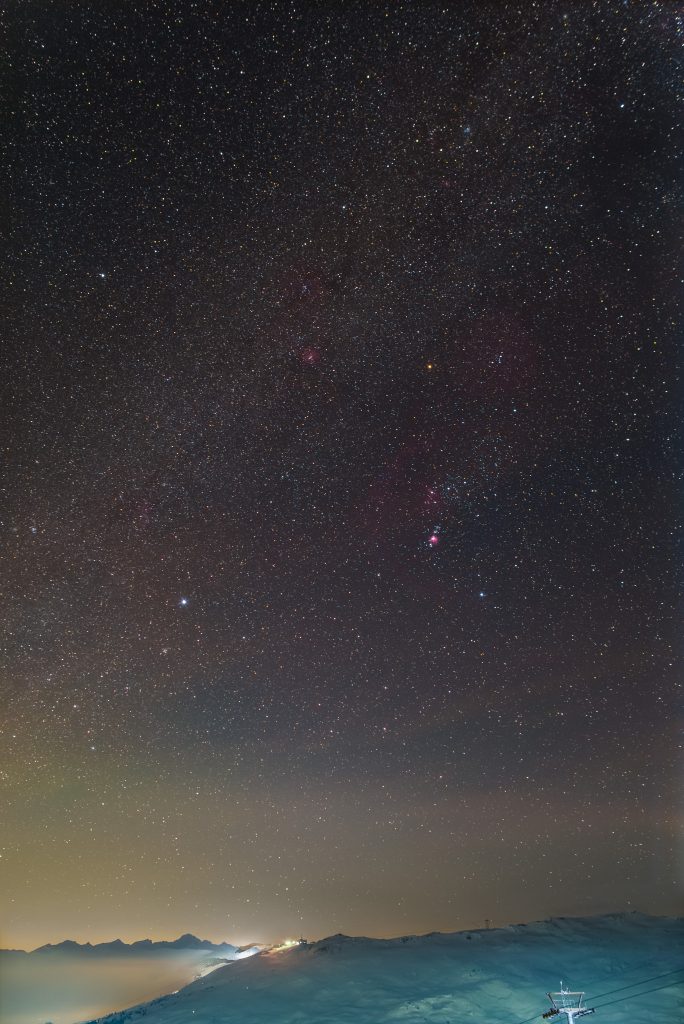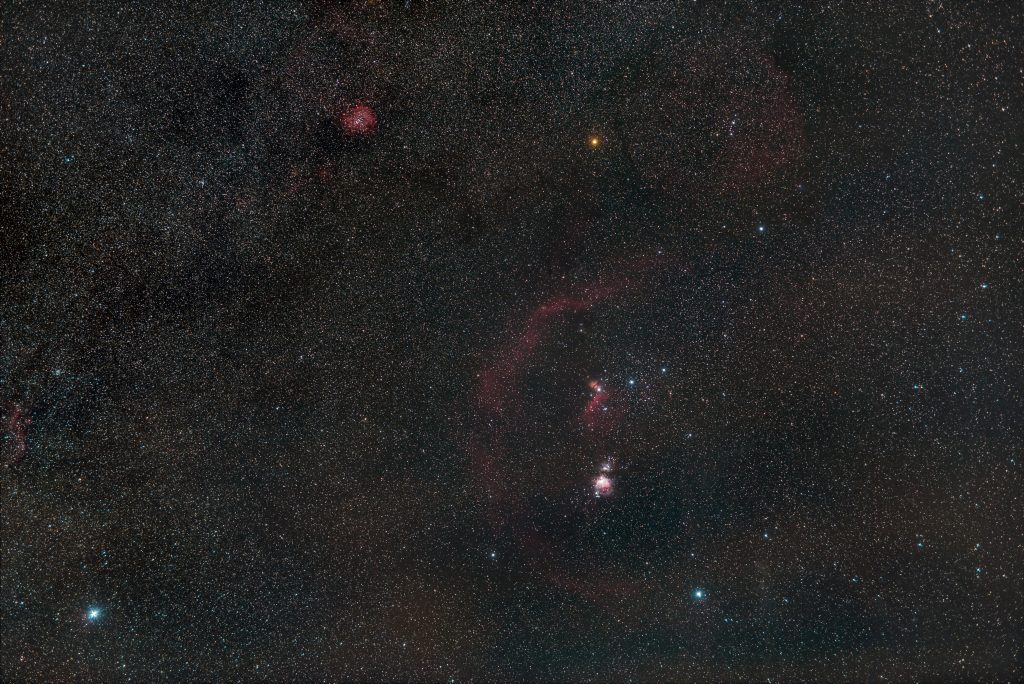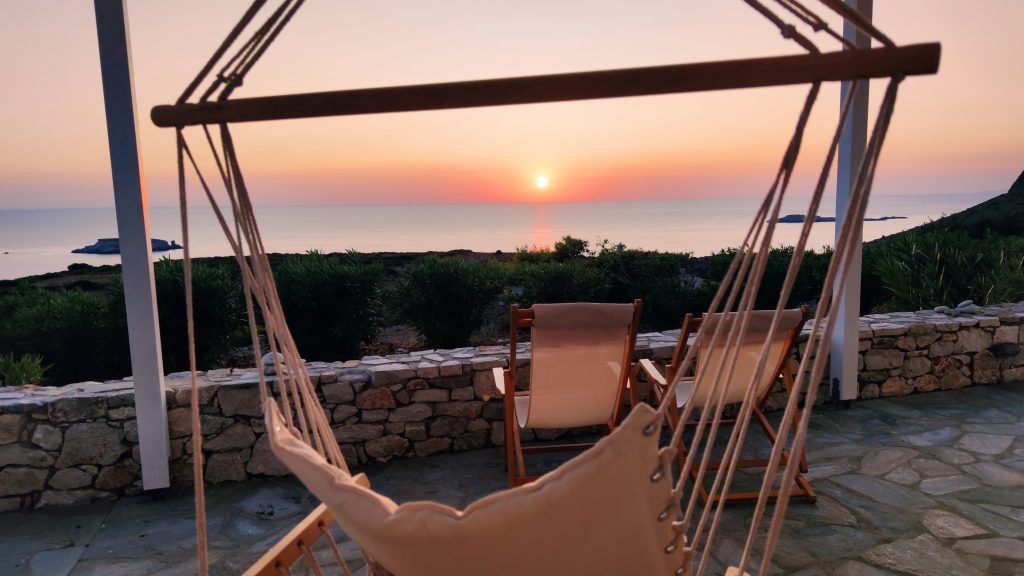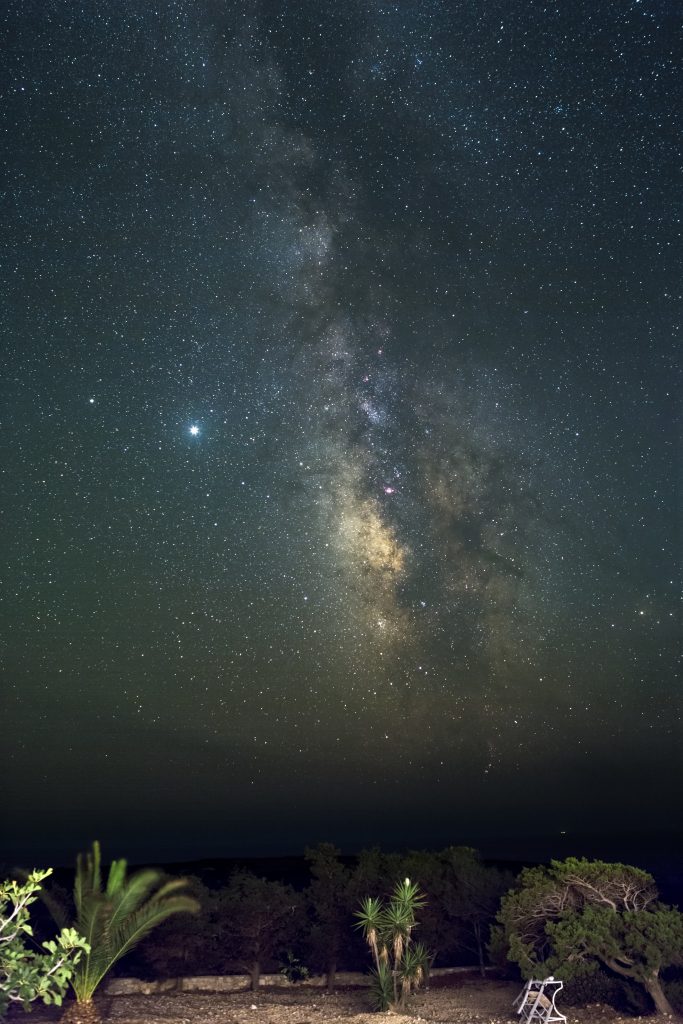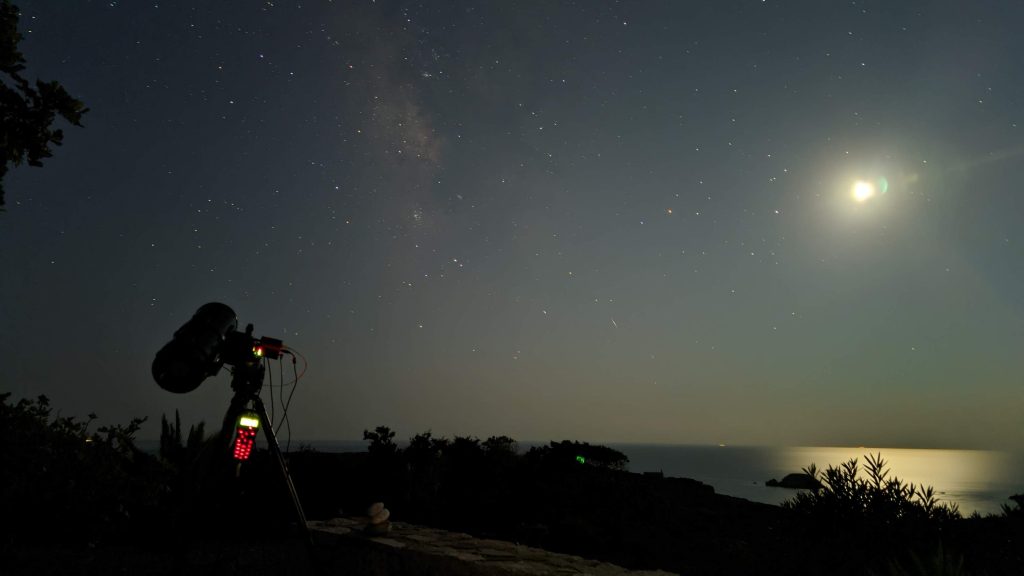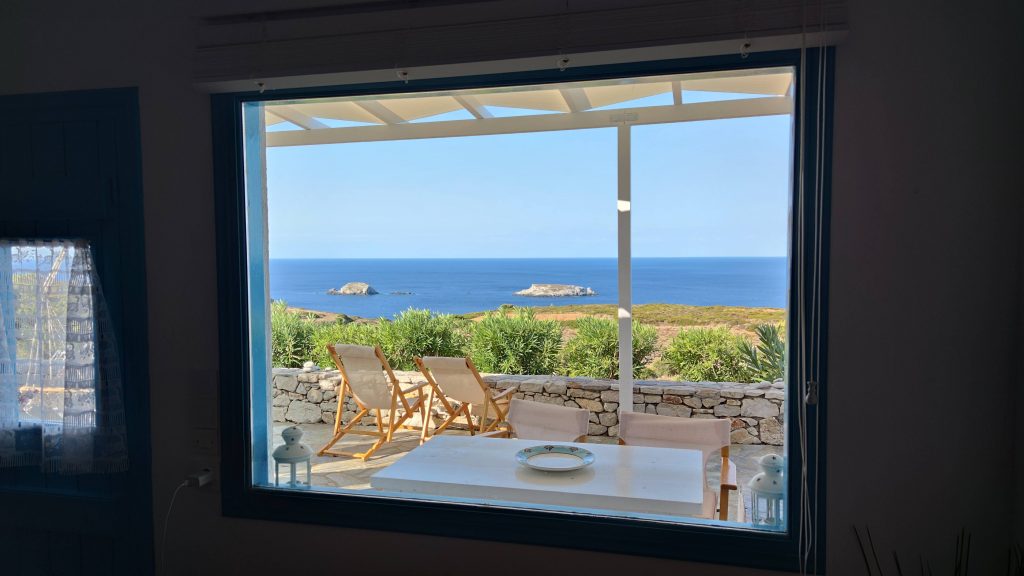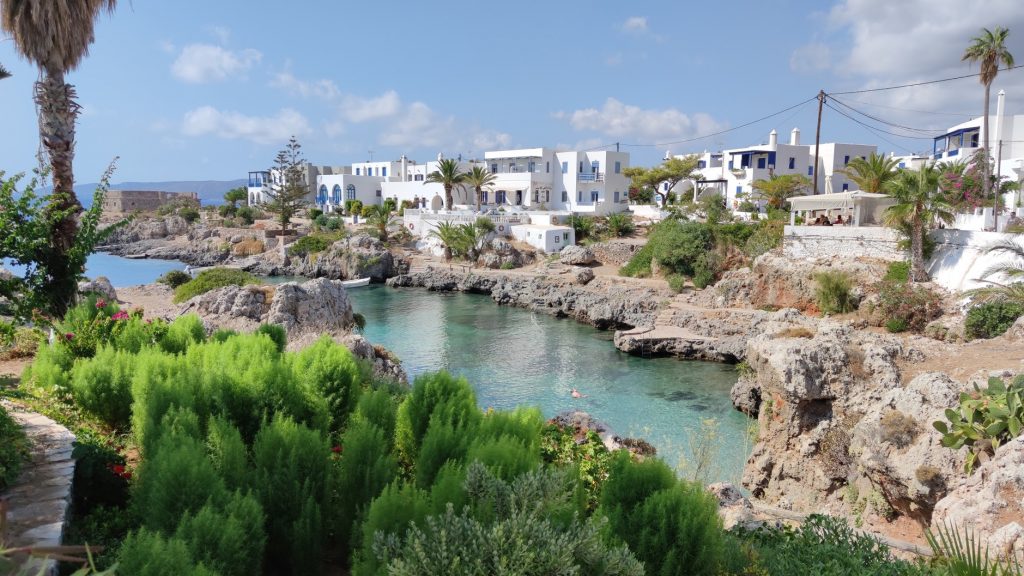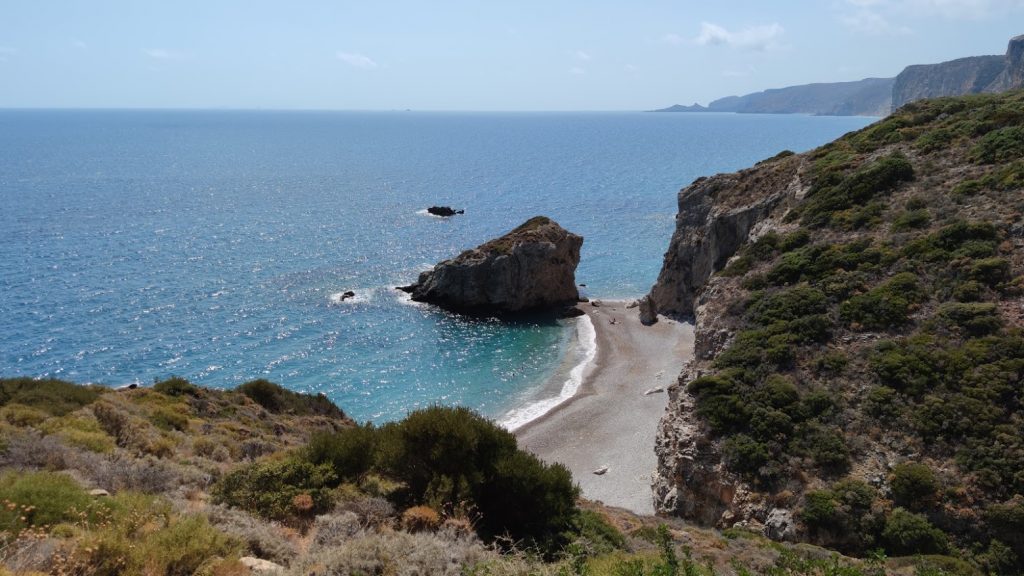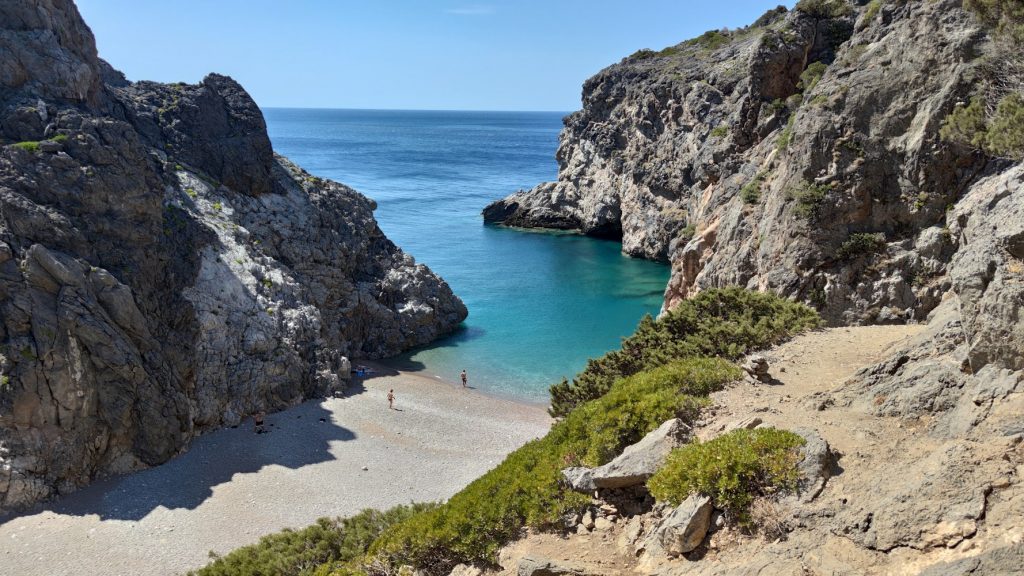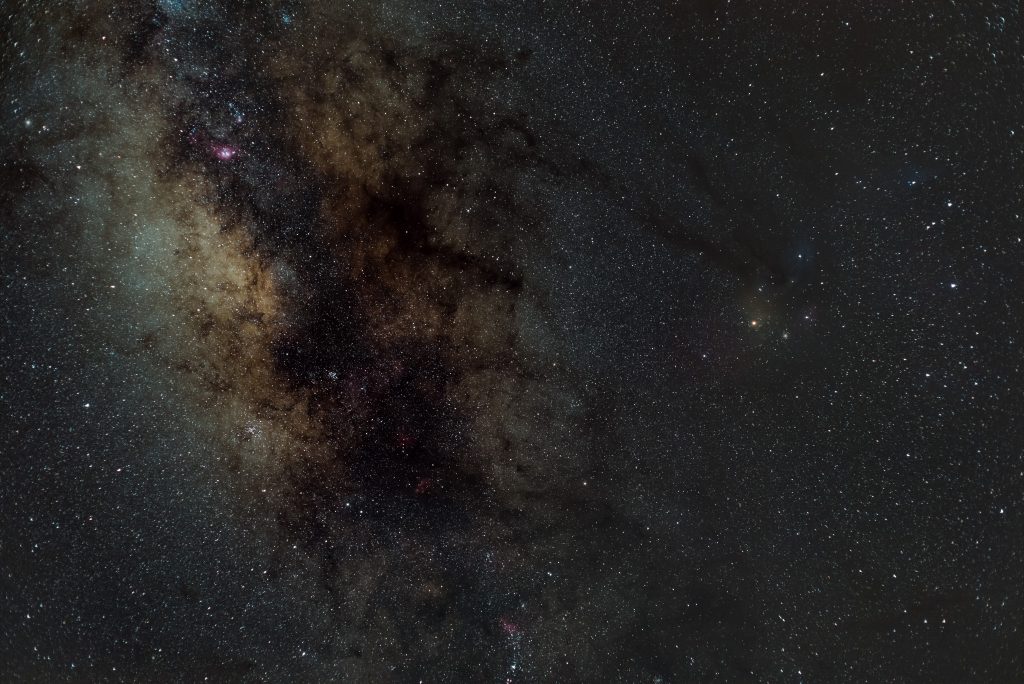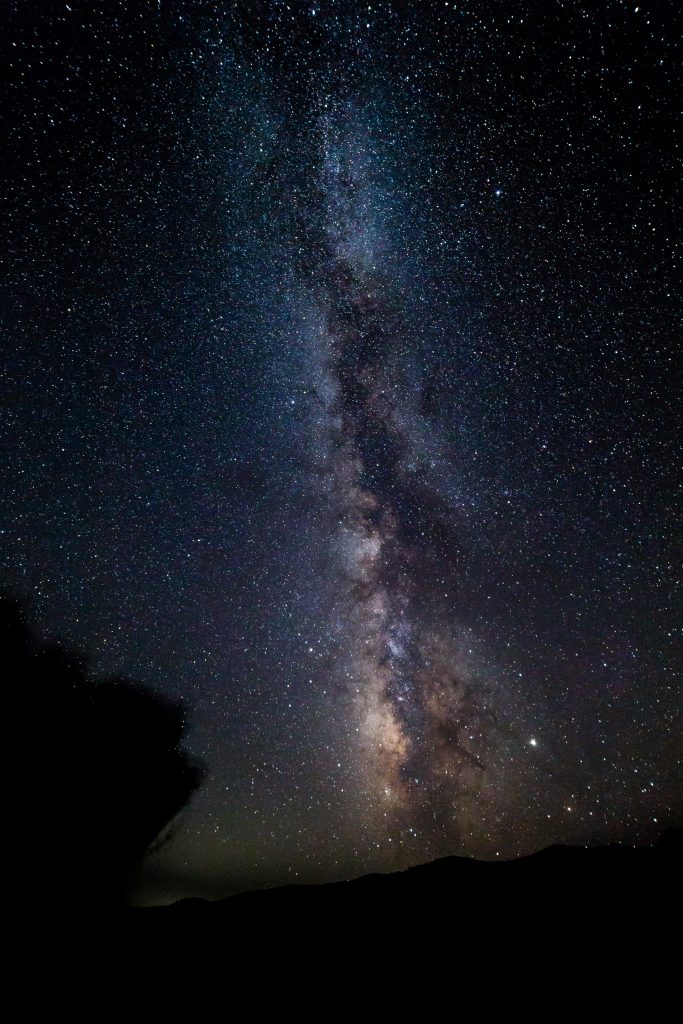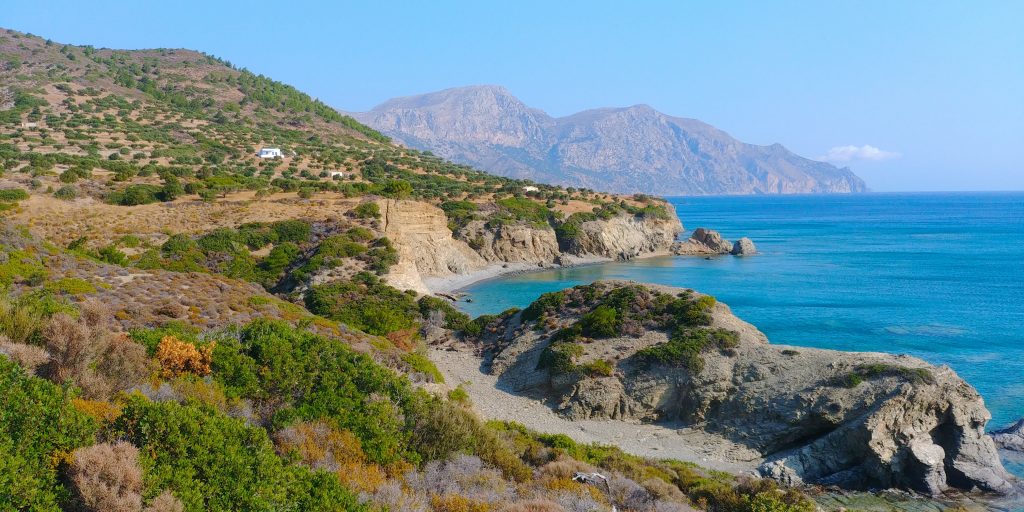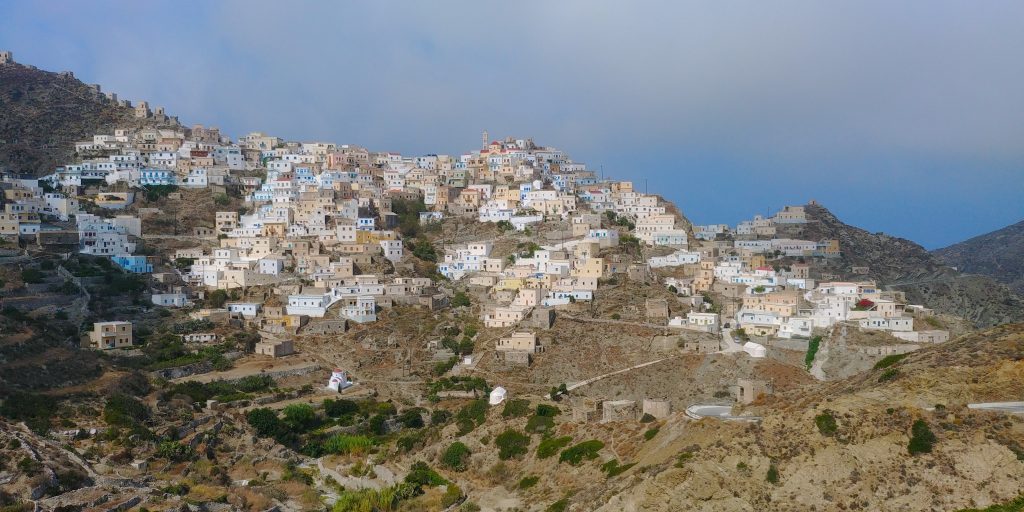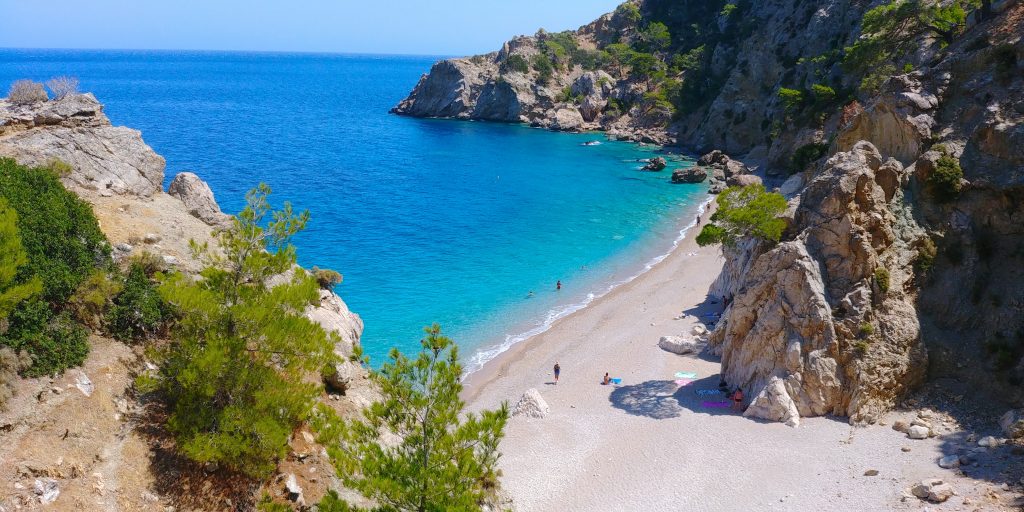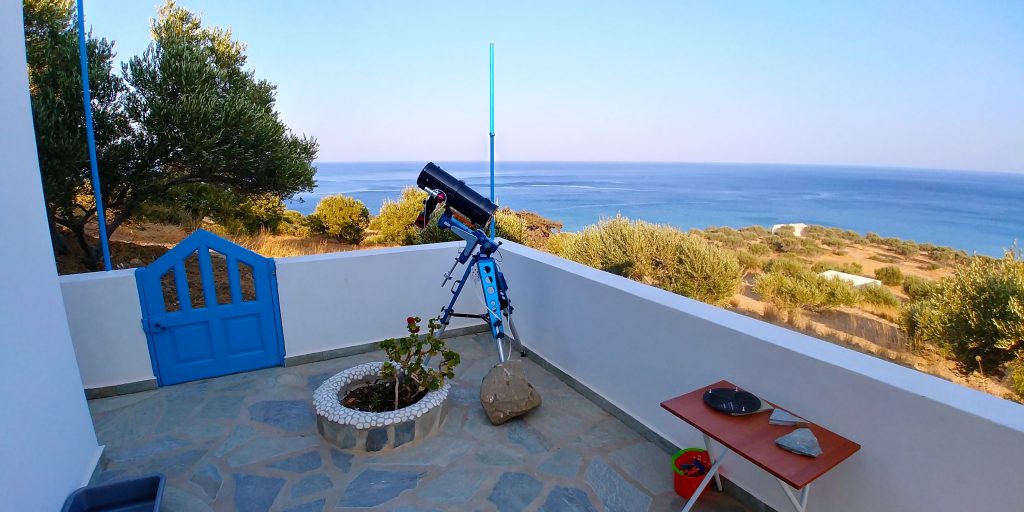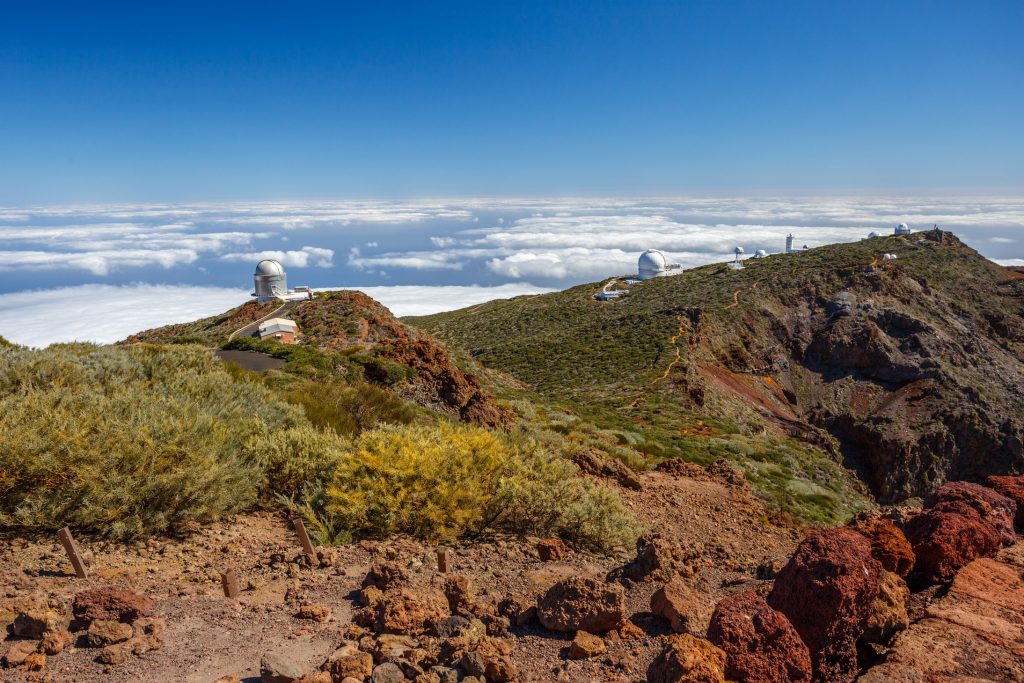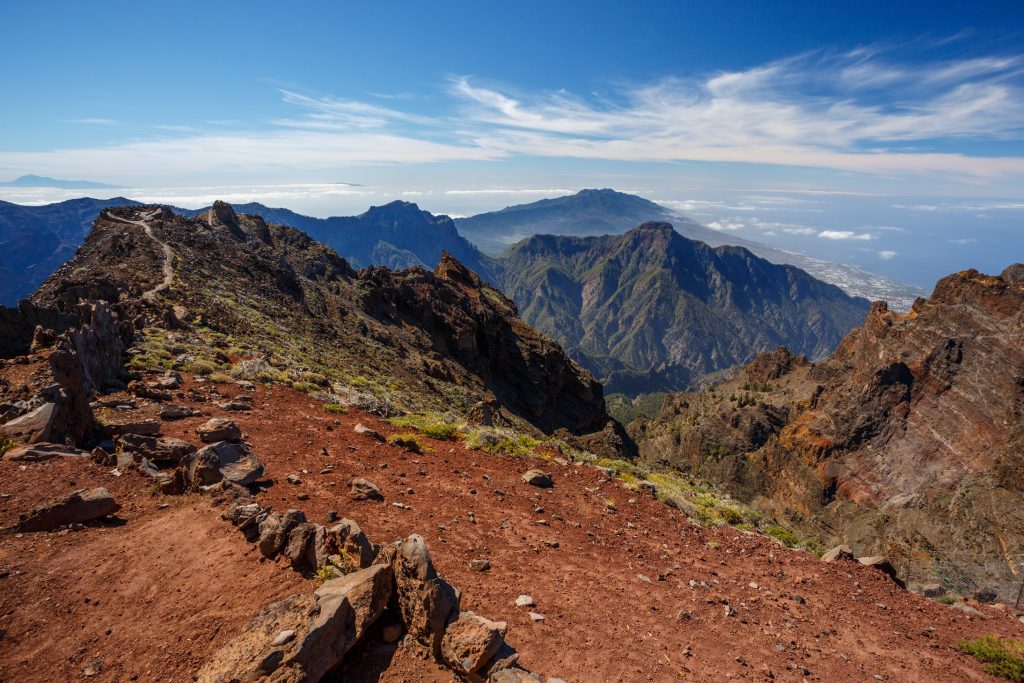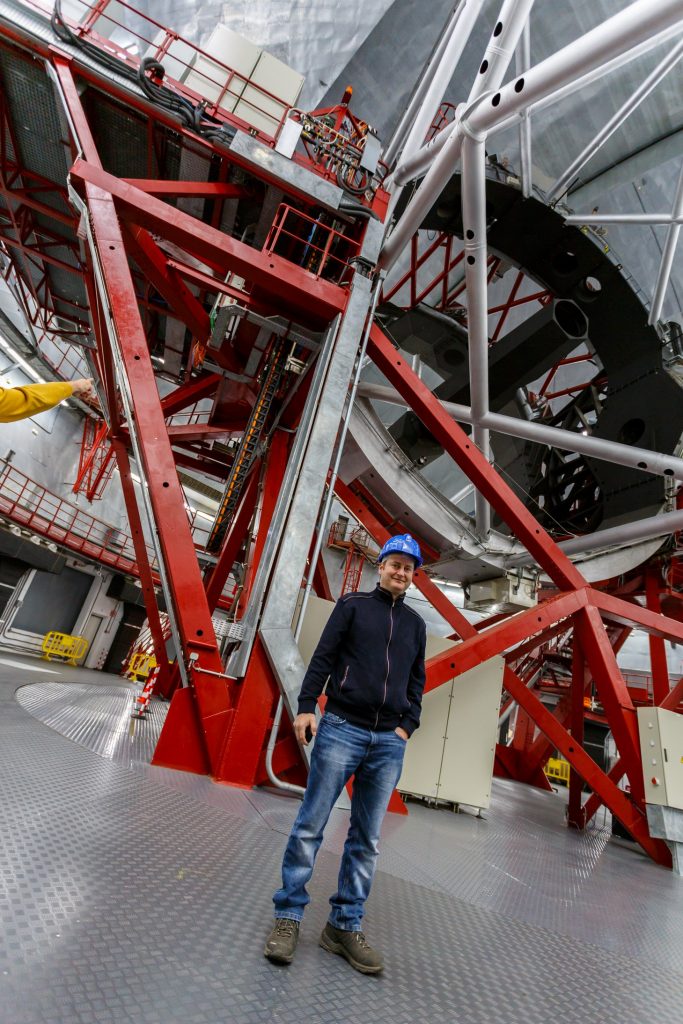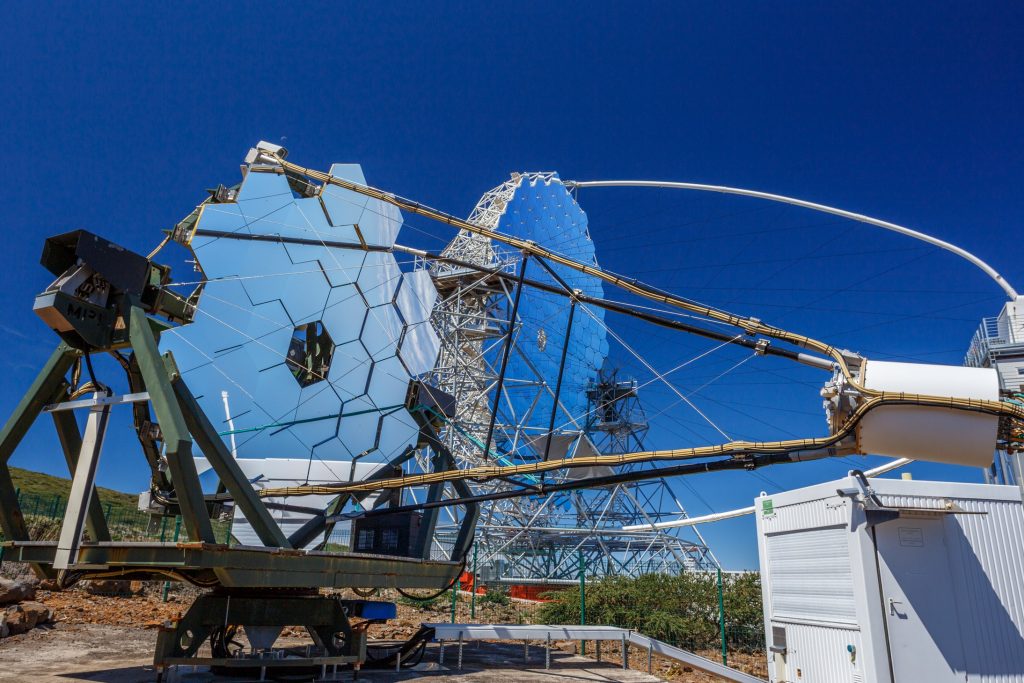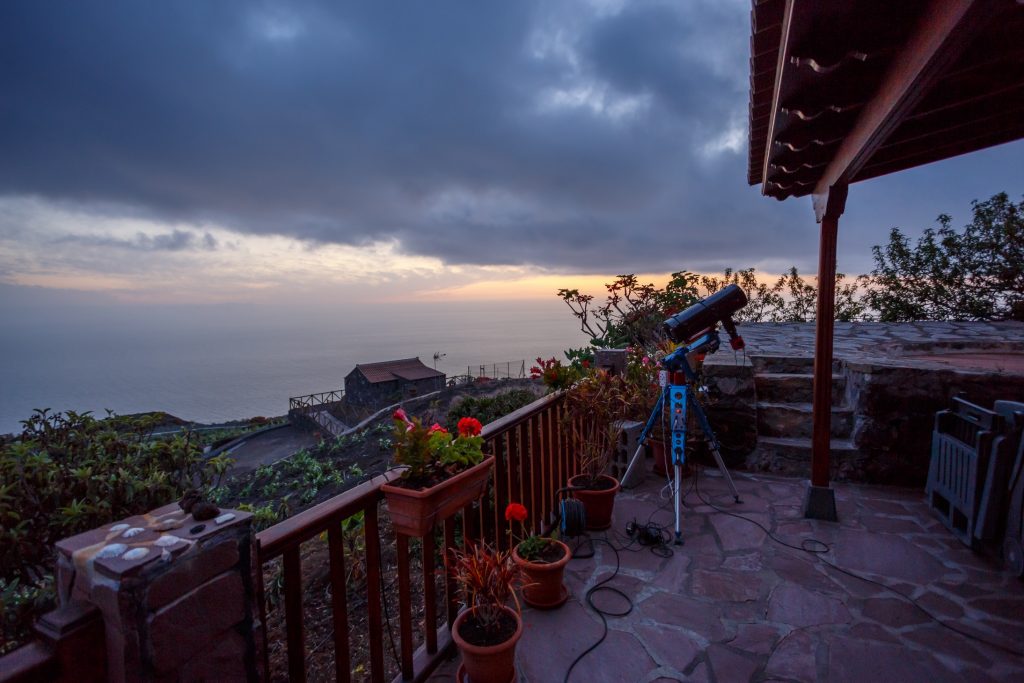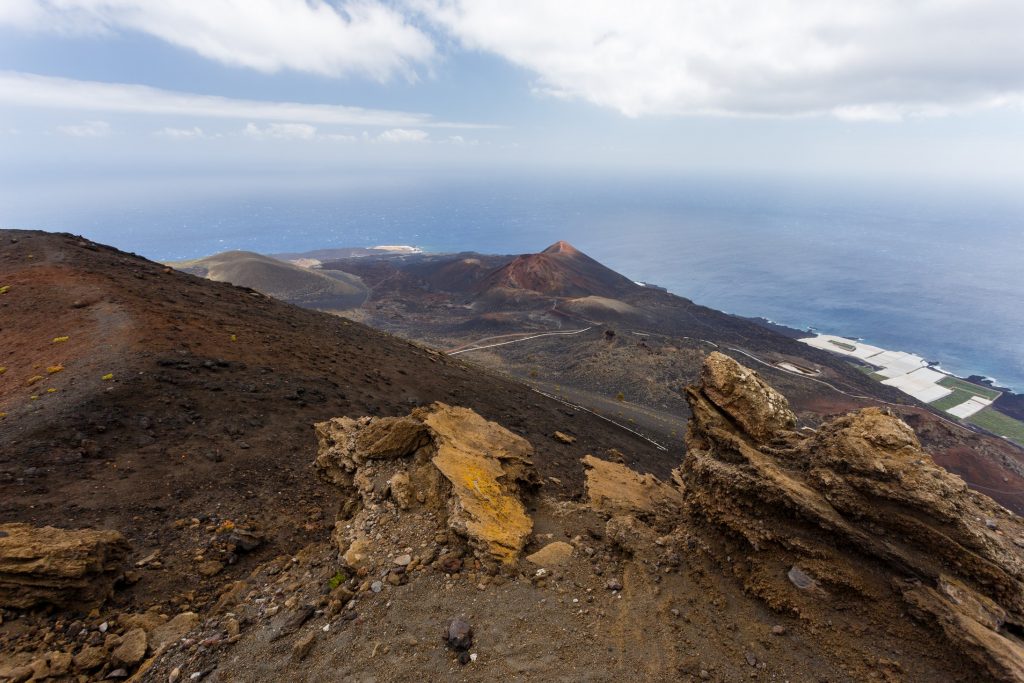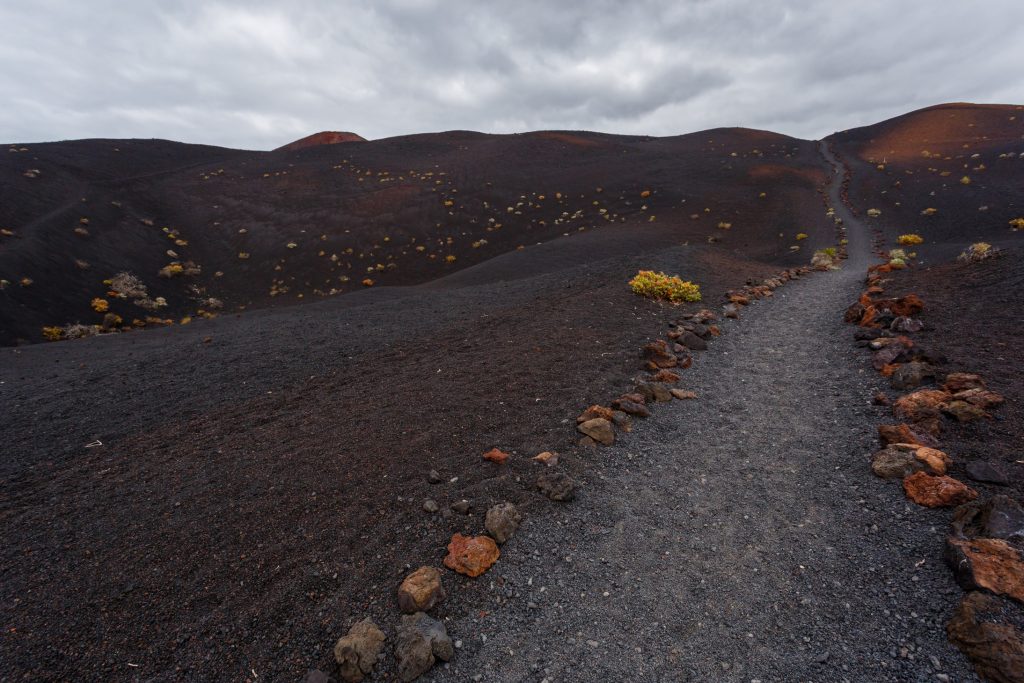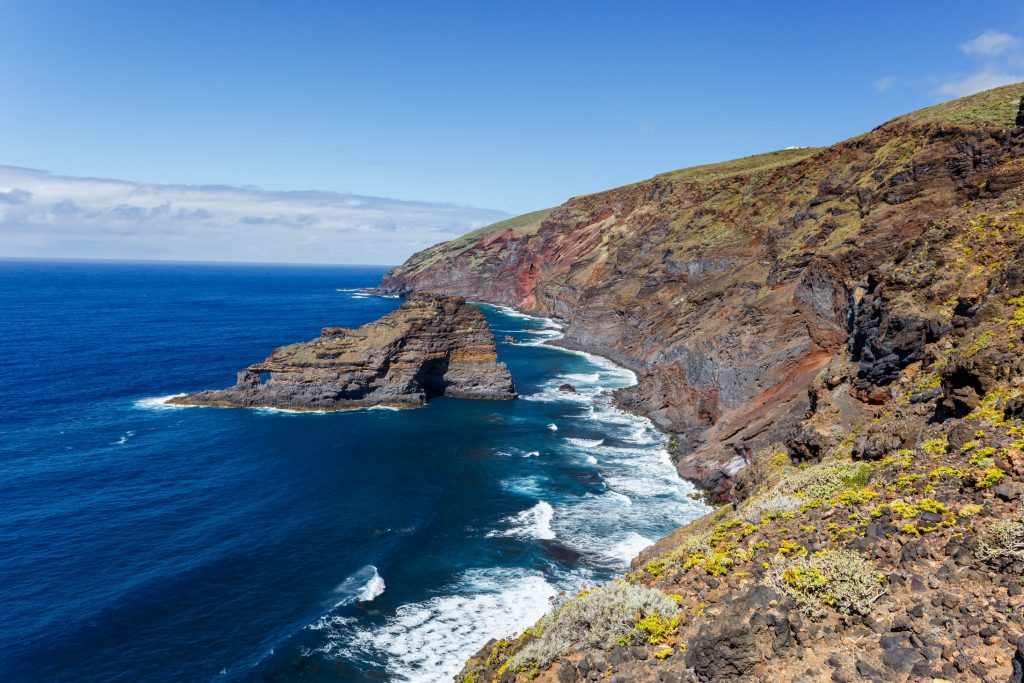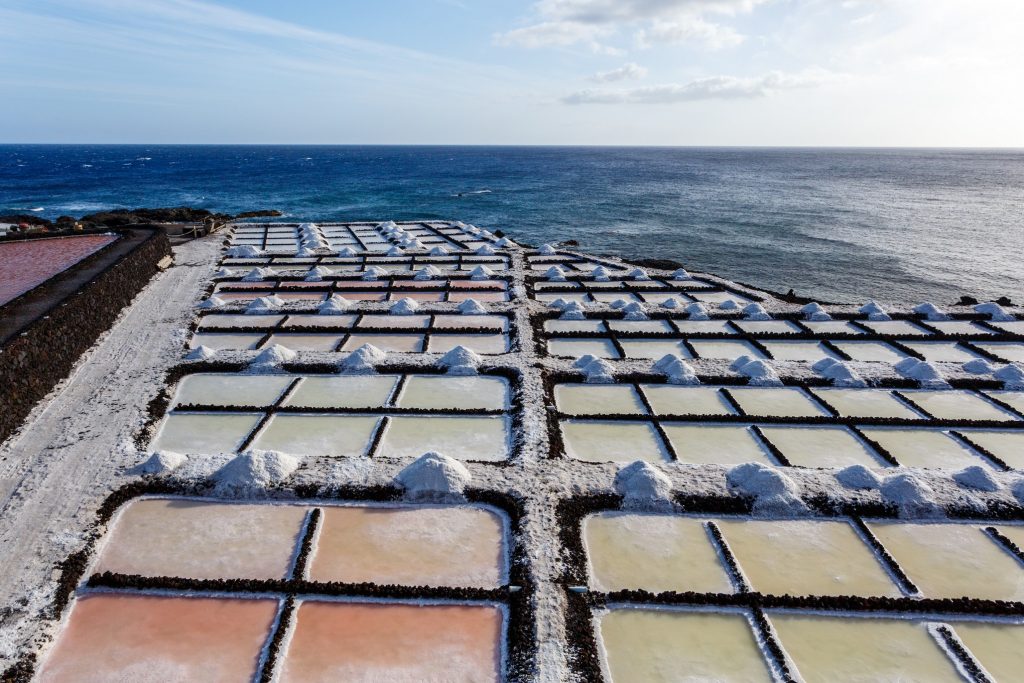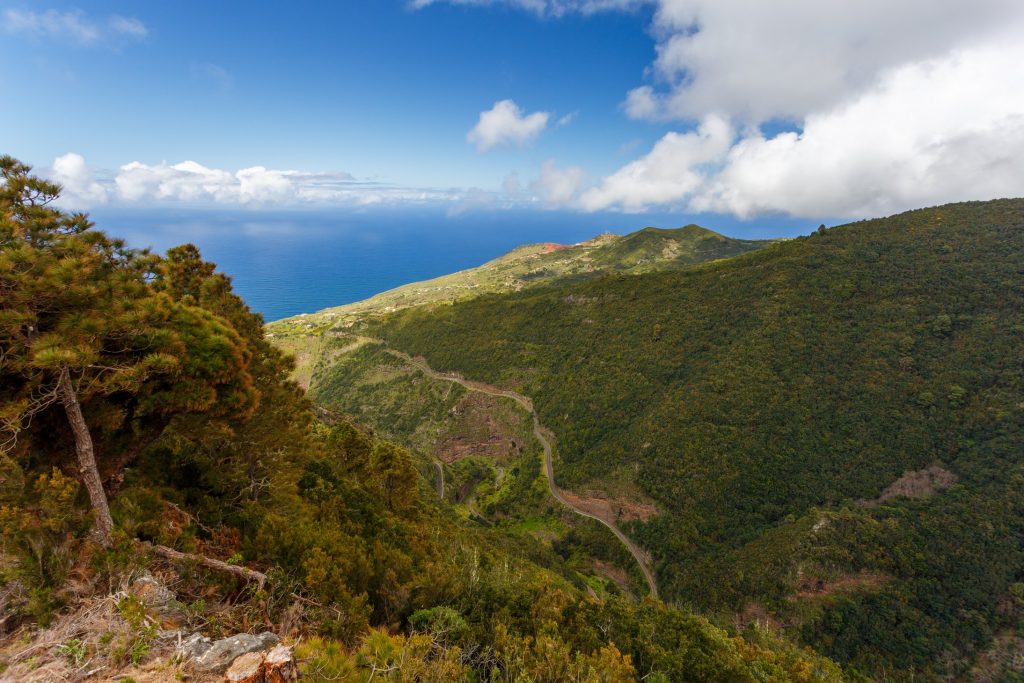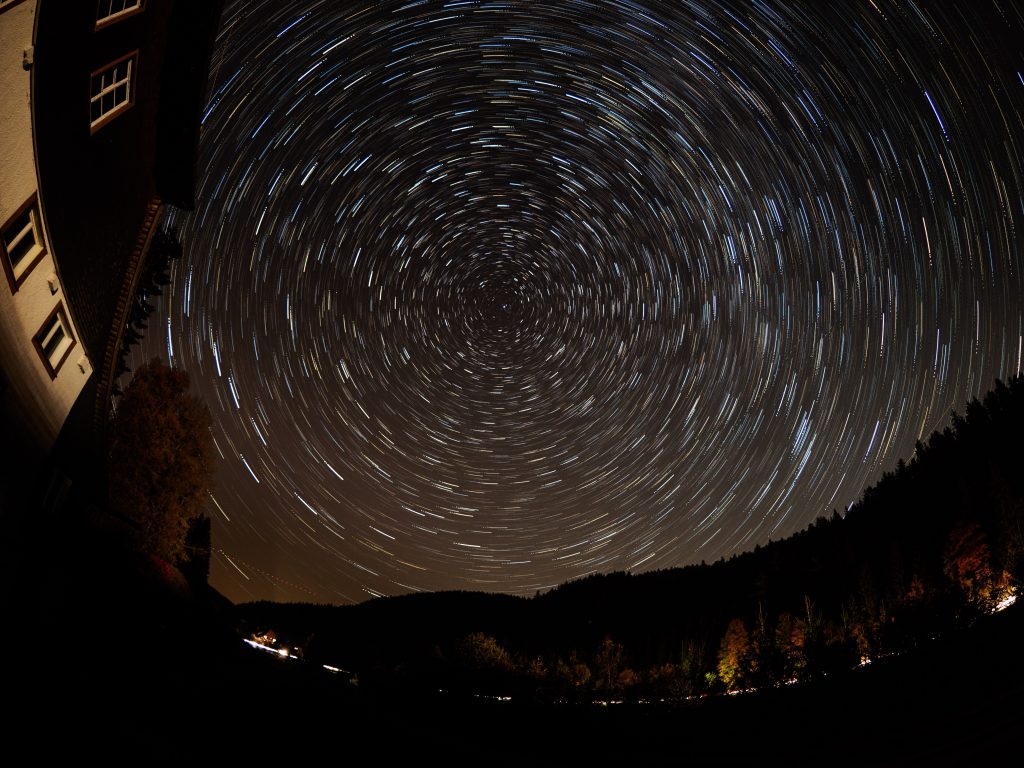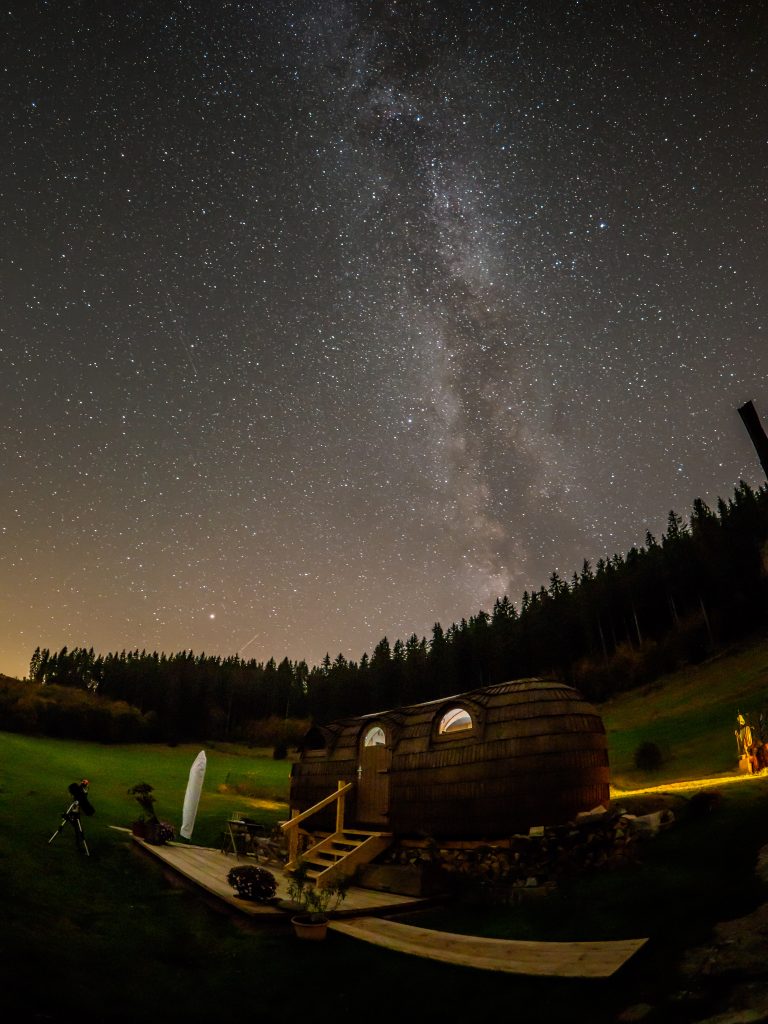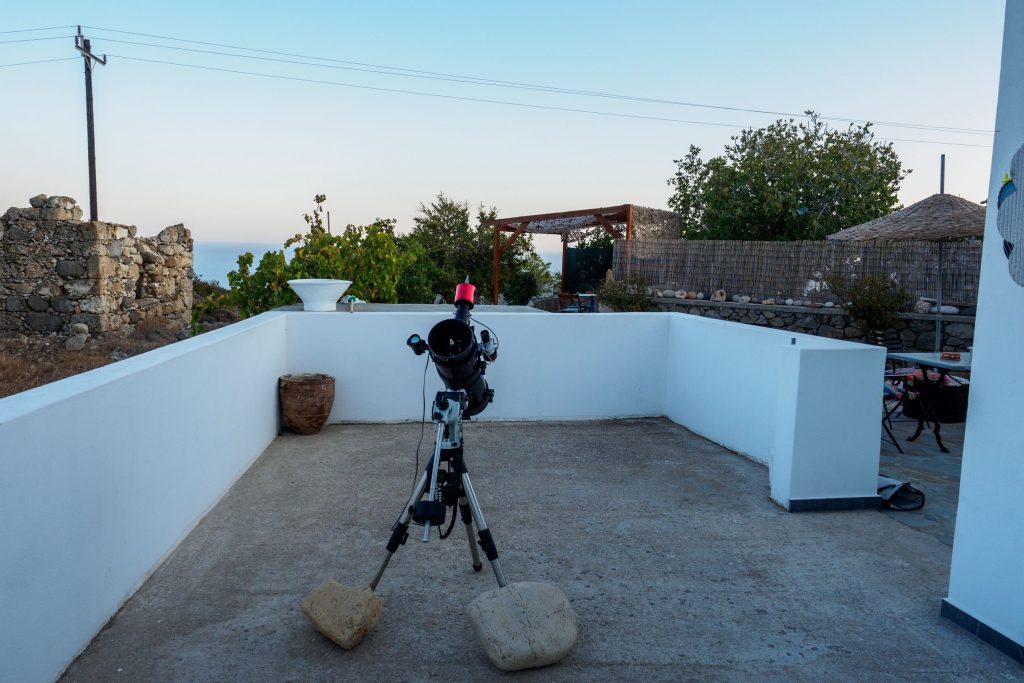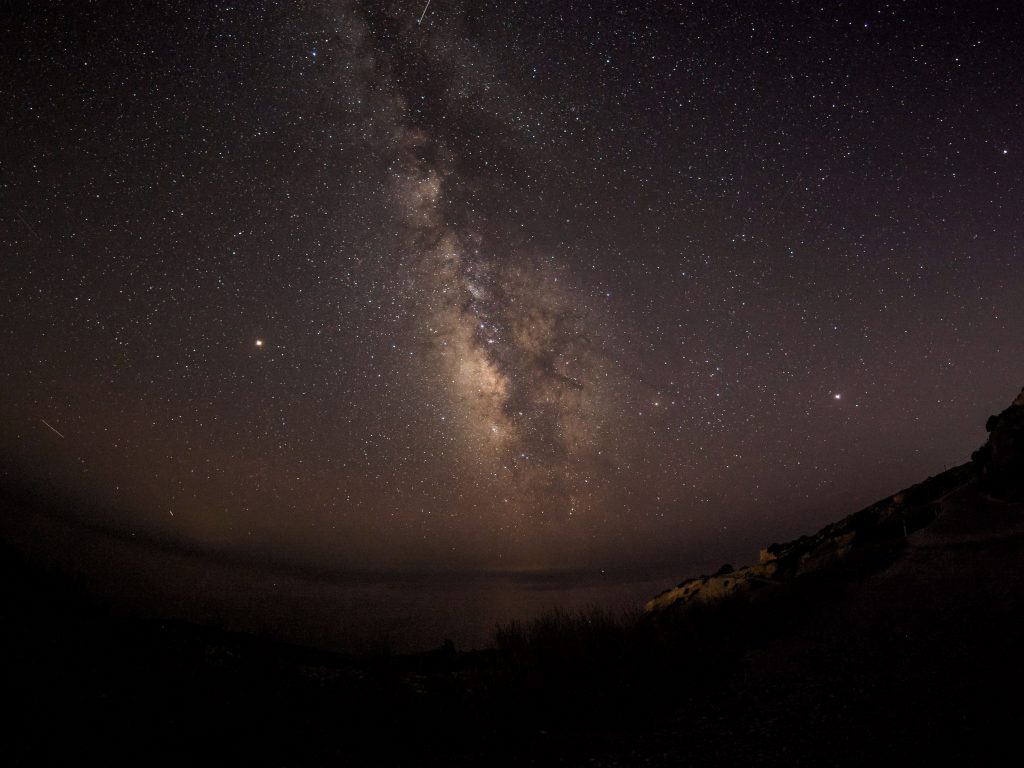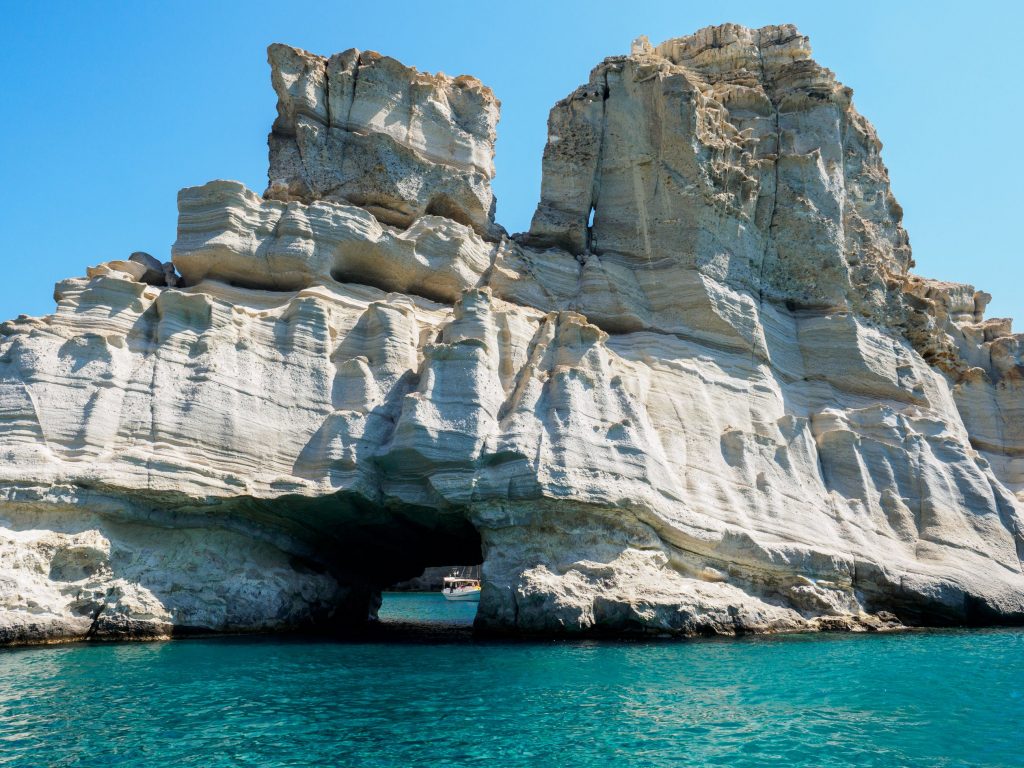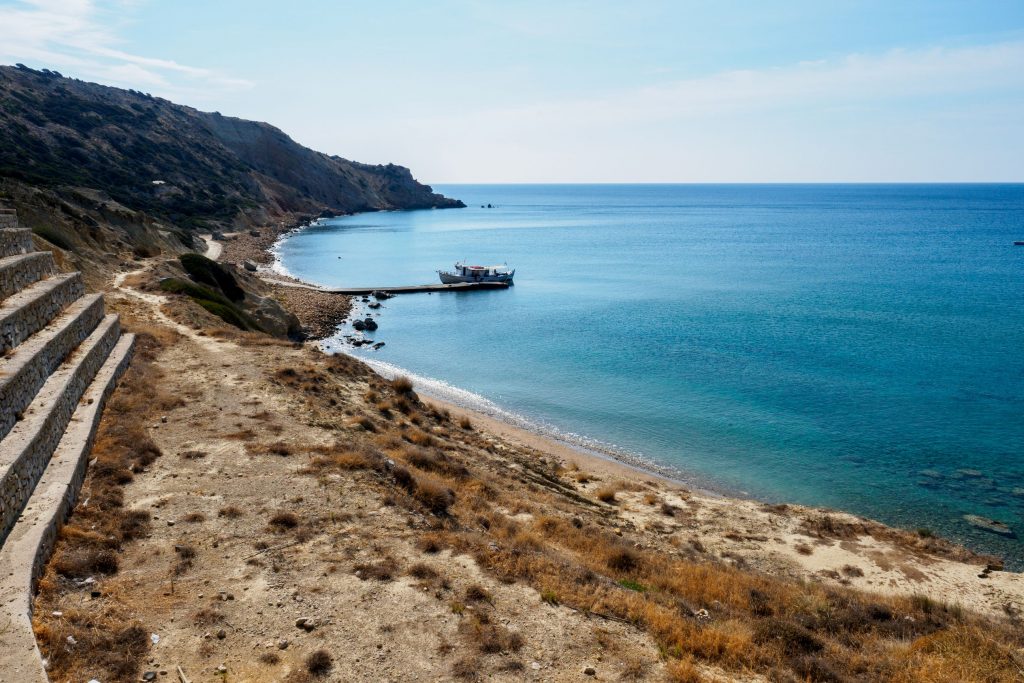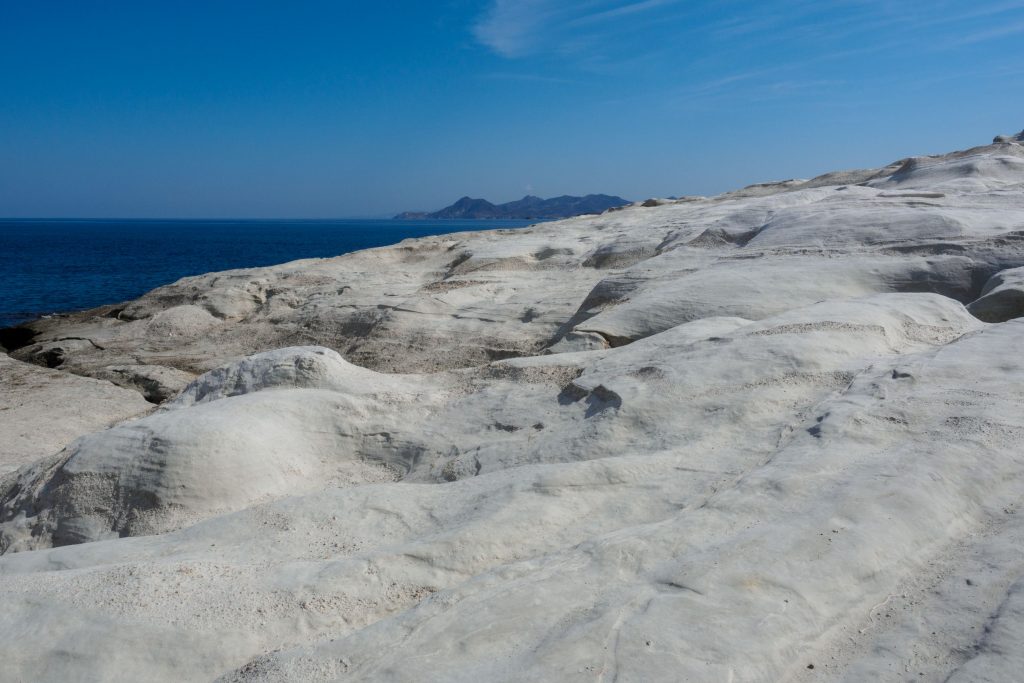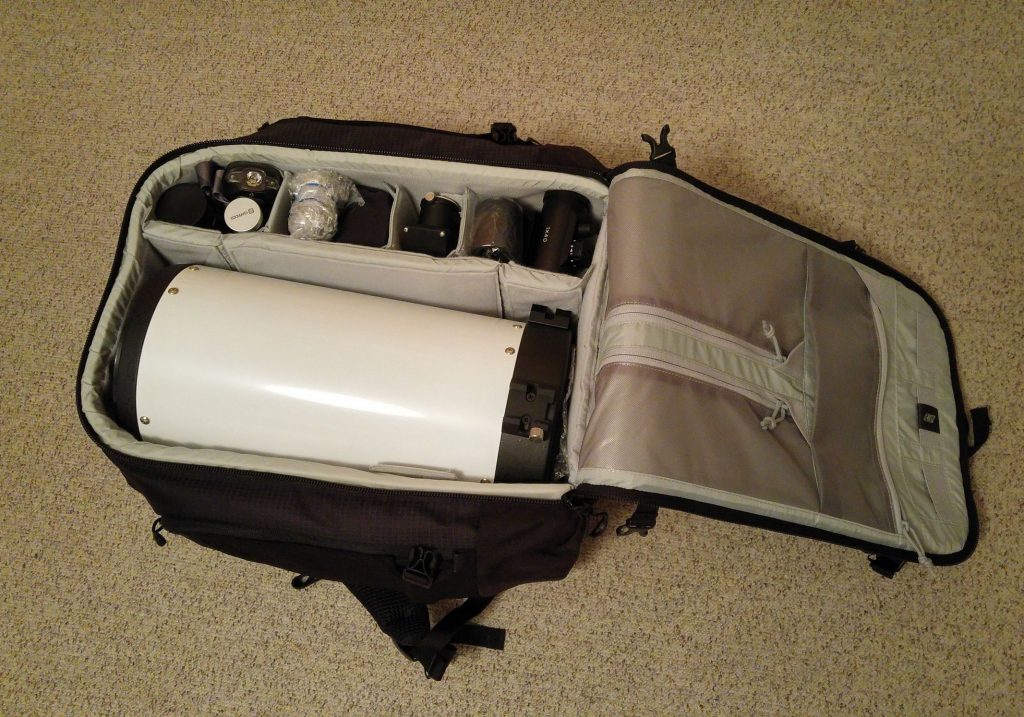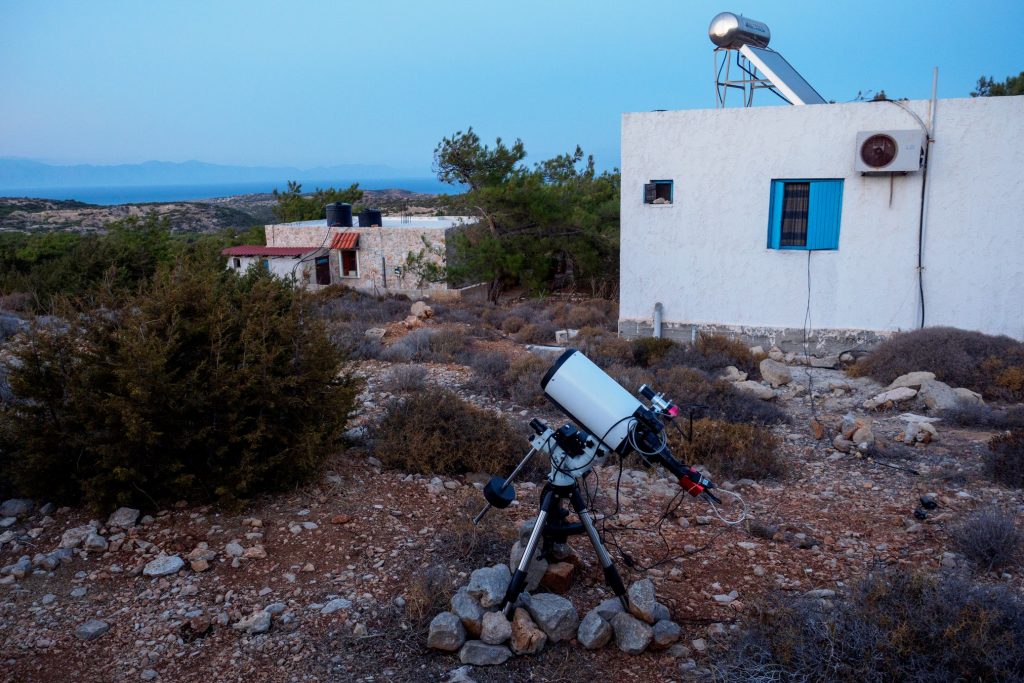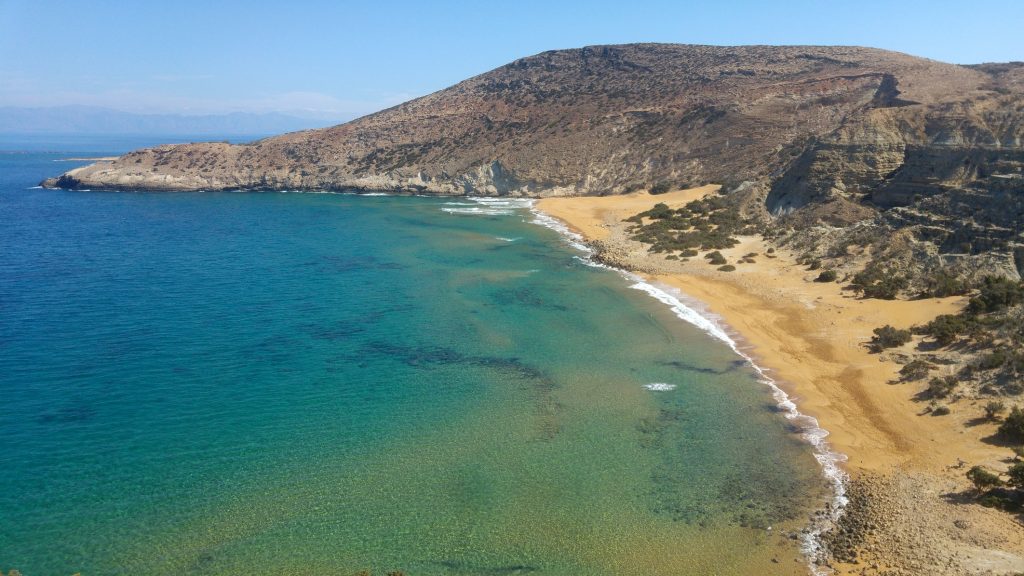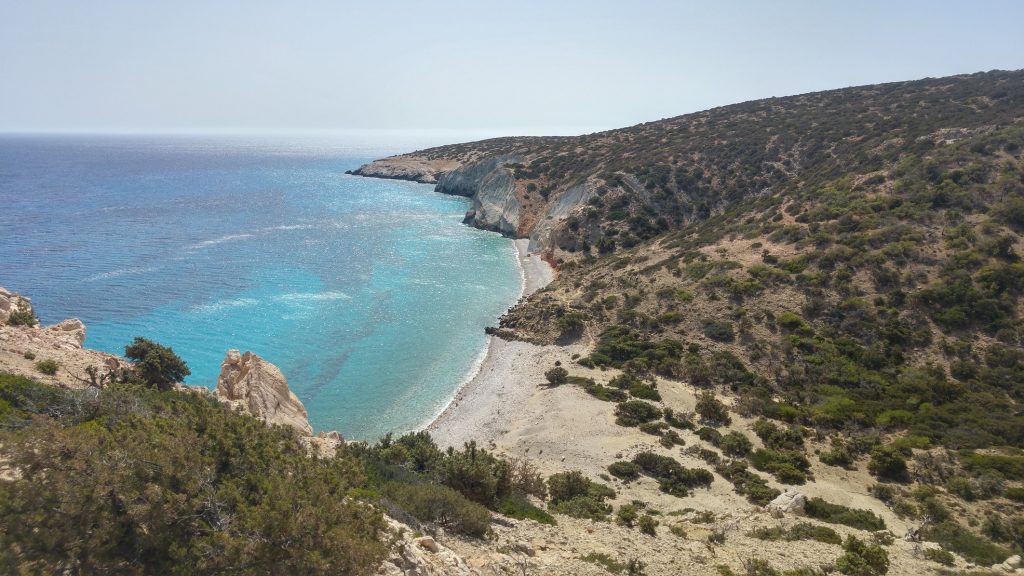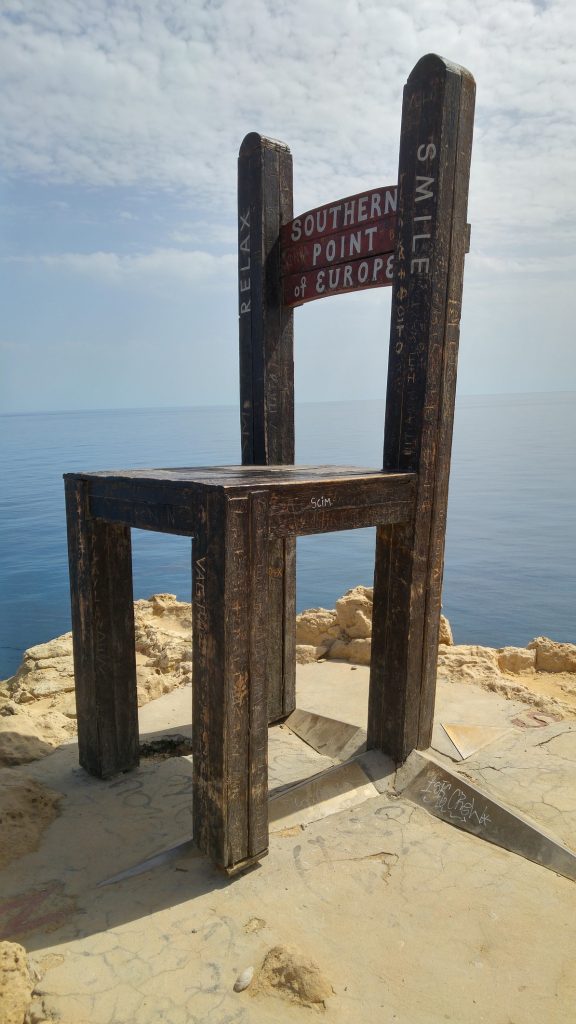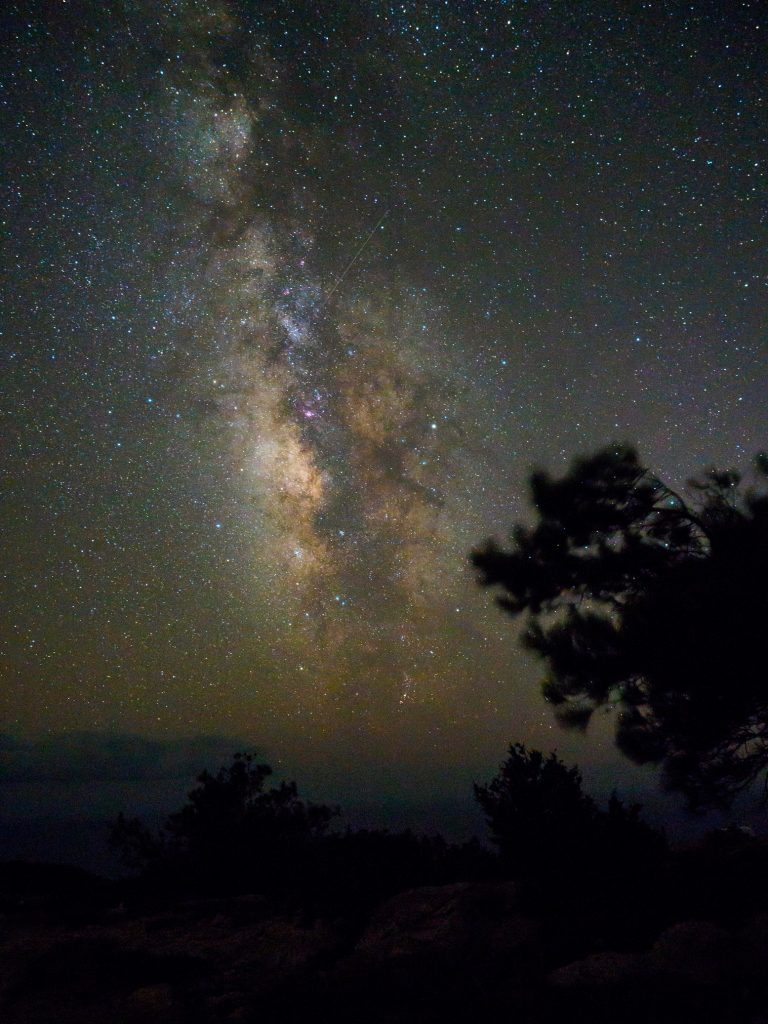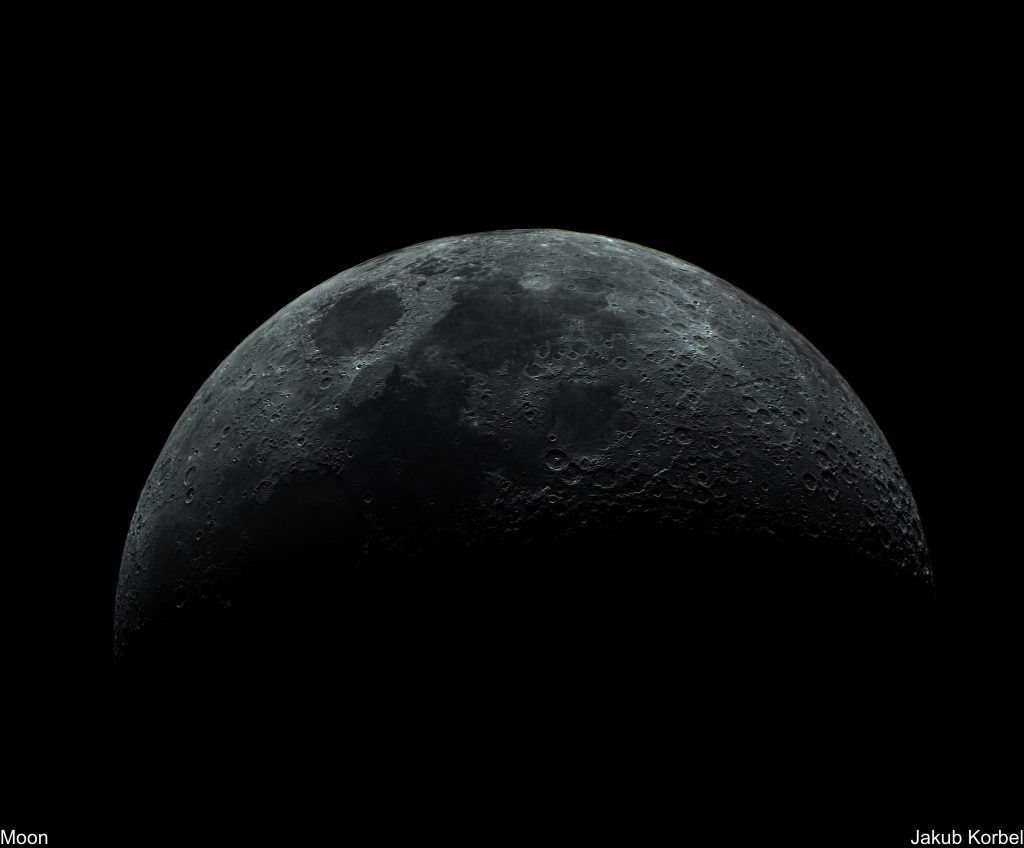If you think of Jordan, probably the first that comes to your mind is the Petra, where Indiana Jones swung his whip, or the Red Sea, where you can snorkel, or the Dead Sea where you can float in extremely salty water. This country is not famous for its dark sky and most tourists do not come there to do the astrophotography. However, I am not a regular tourist. When we decided to visit Jordan, I immediately started to search where is the darkest location in this country. And I found one. In the south, there is a protected area called Wadi Rum. The place is like a different planet. The red sand is surrounded by the mountains. I felt there like on Mars and probably also Matt Damon, because the movie Martian was shot there. And not just this one but many science fiction movies – more on Wikipedia. If you want to spend a few days there, you have to leave the car in the village in front of the protected area and they will lift you to the camp.
Here is a short video from the day trip in Wadi Rum:
After the trip, I grabbed my new camera Sony A7III, and went straight into the darkness. Our accommodation in the tent was the only source of light. The nearest city is 60 km away, so it was pretty dark.
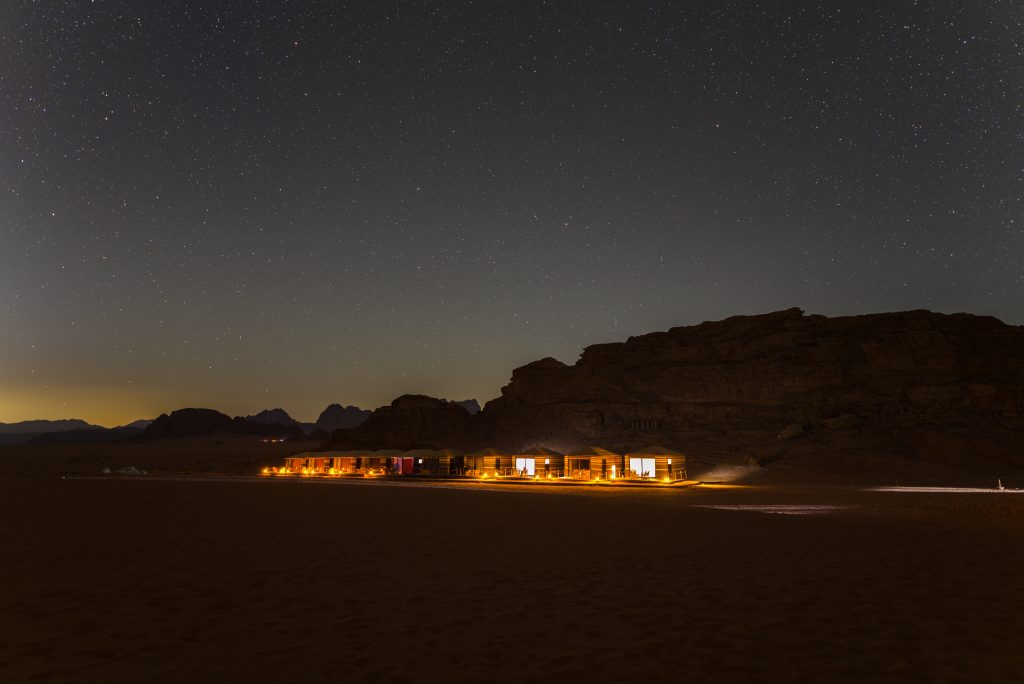
I walked a bit and this scenery was revealed when I looked in the direction of the camp:
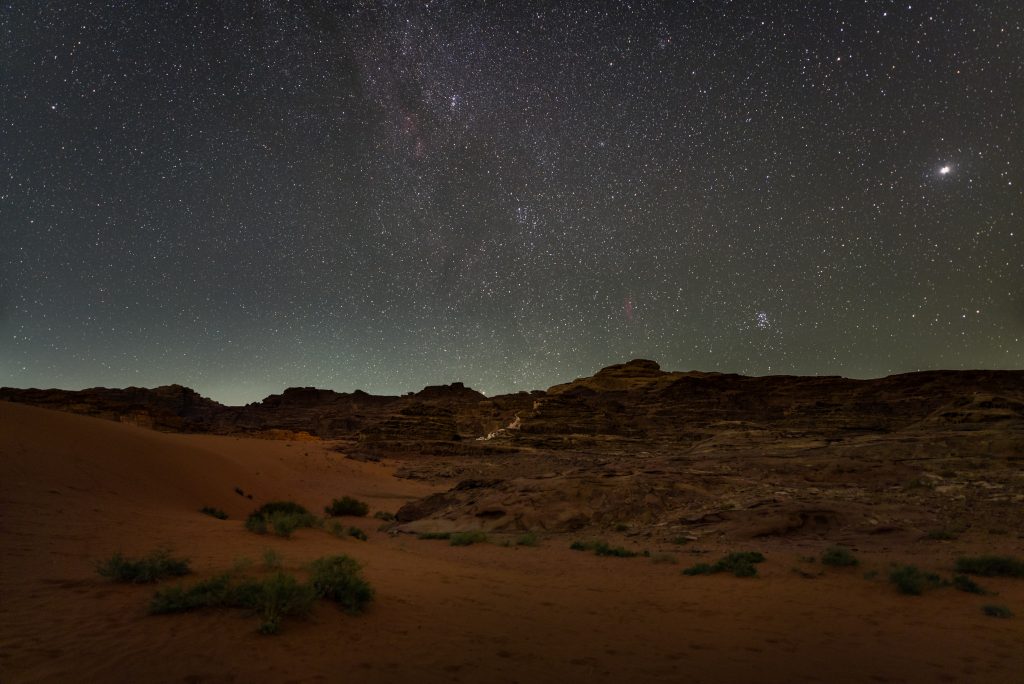
On the other side, the Milky Way was already setting down into the light smog caused by the city of Aqaba, but I still managed to capture its core.
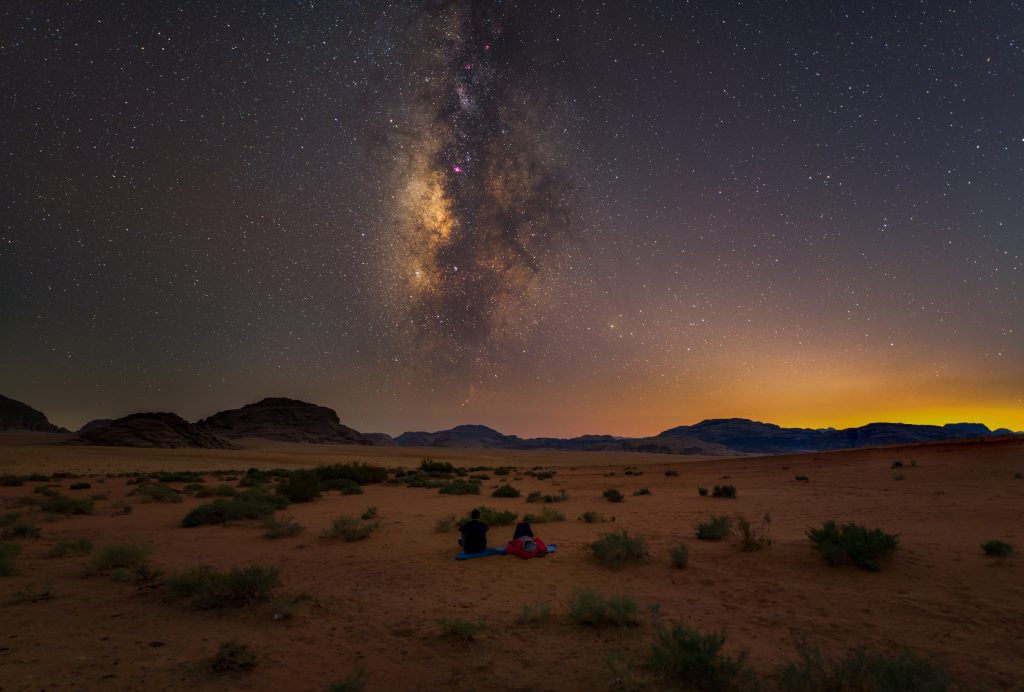
| Lens | Sony 20 mm f1.8 G @f1.8 |
| Camera | Sony A7III AstroMod |
| Mount | Tripod |
| Exposure | 20x15s, ISO 3200 |
| Date | 2023-10-16 |

